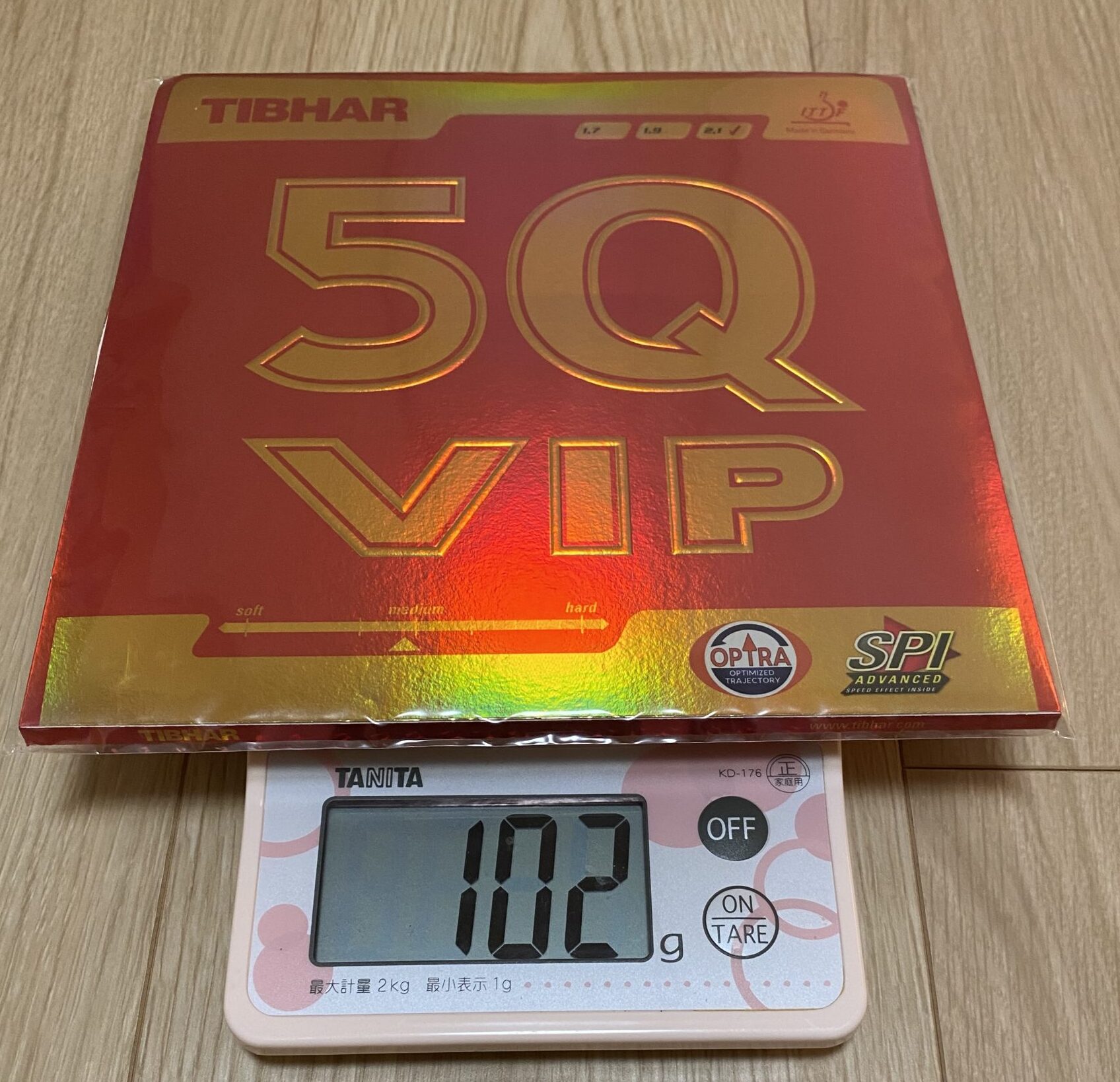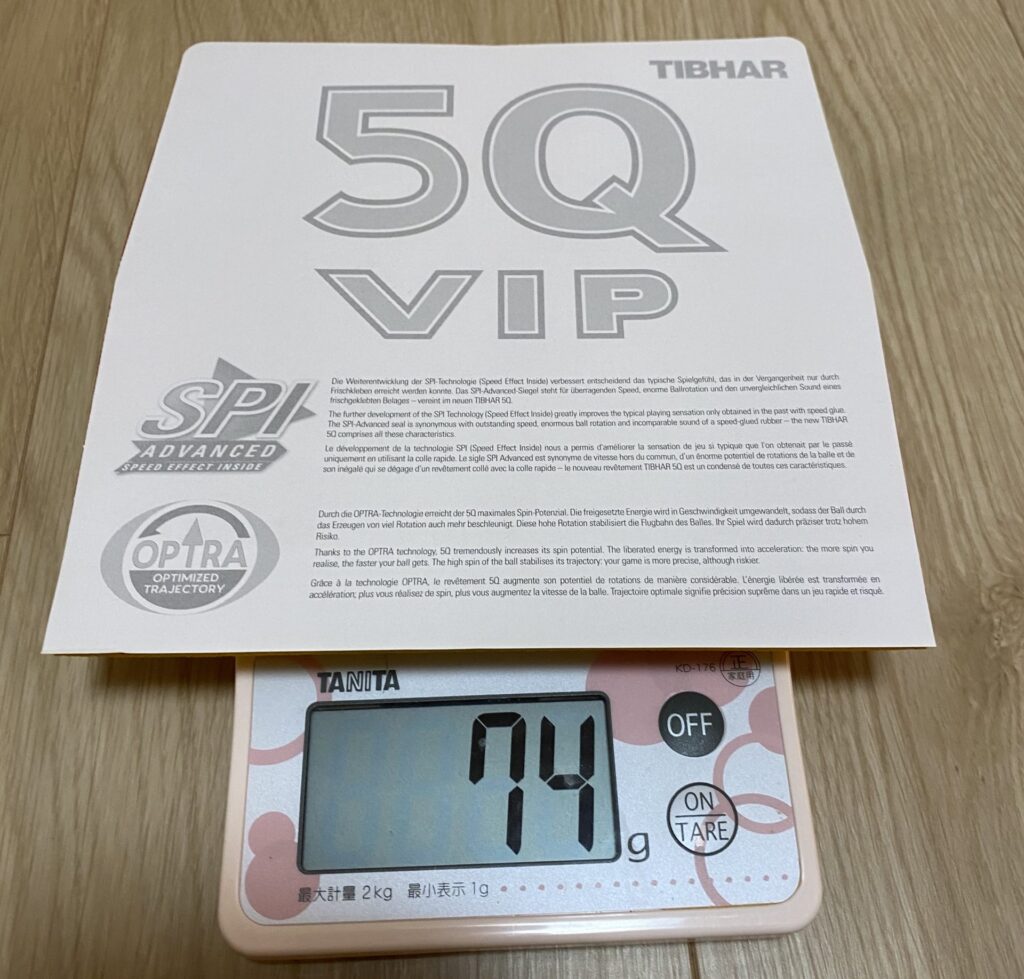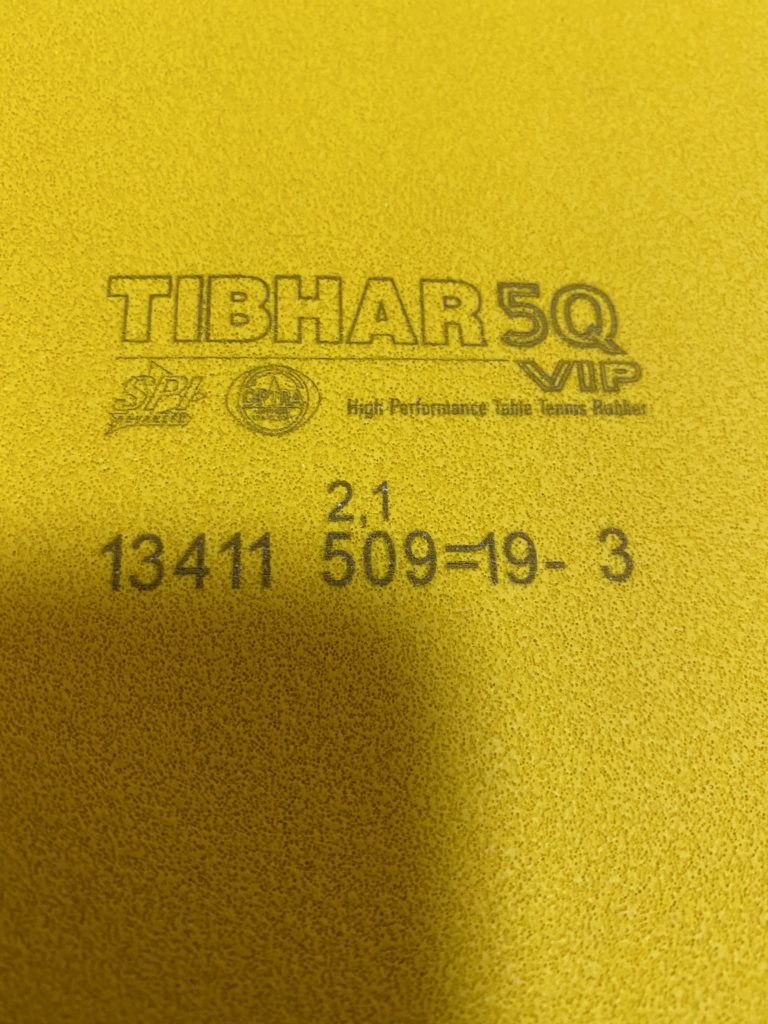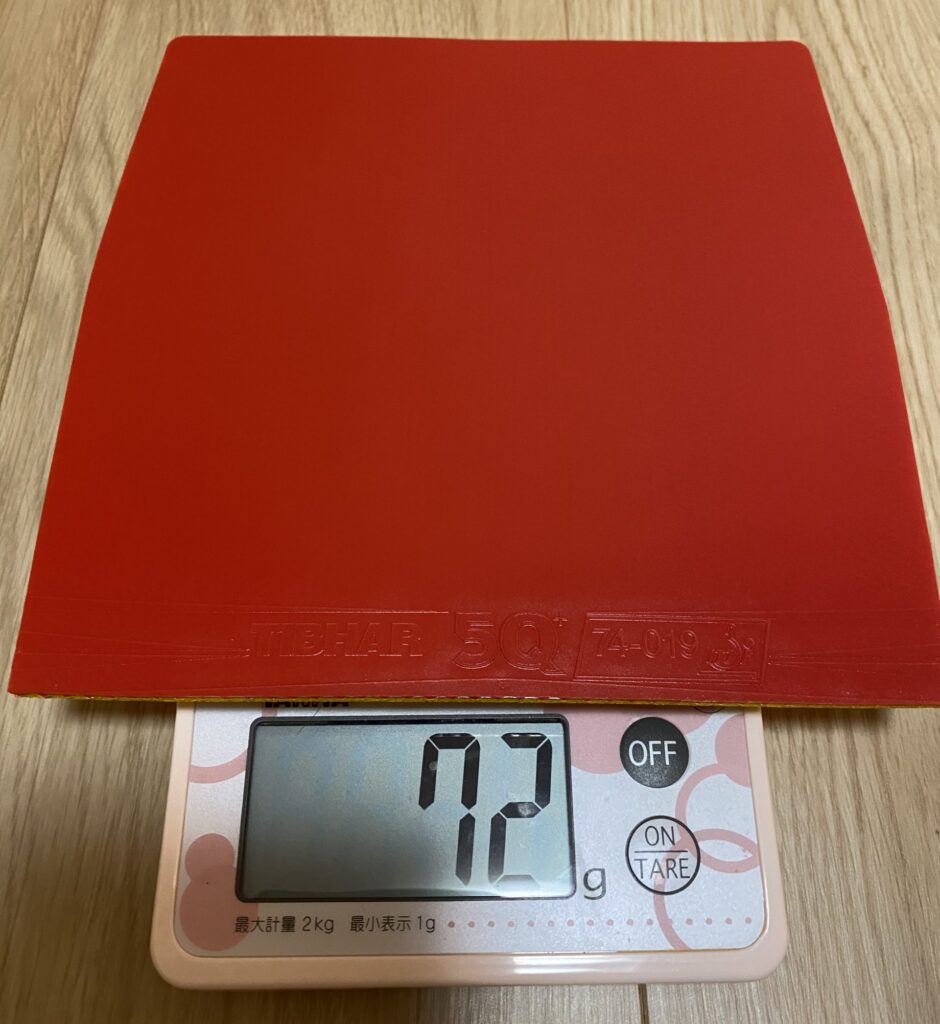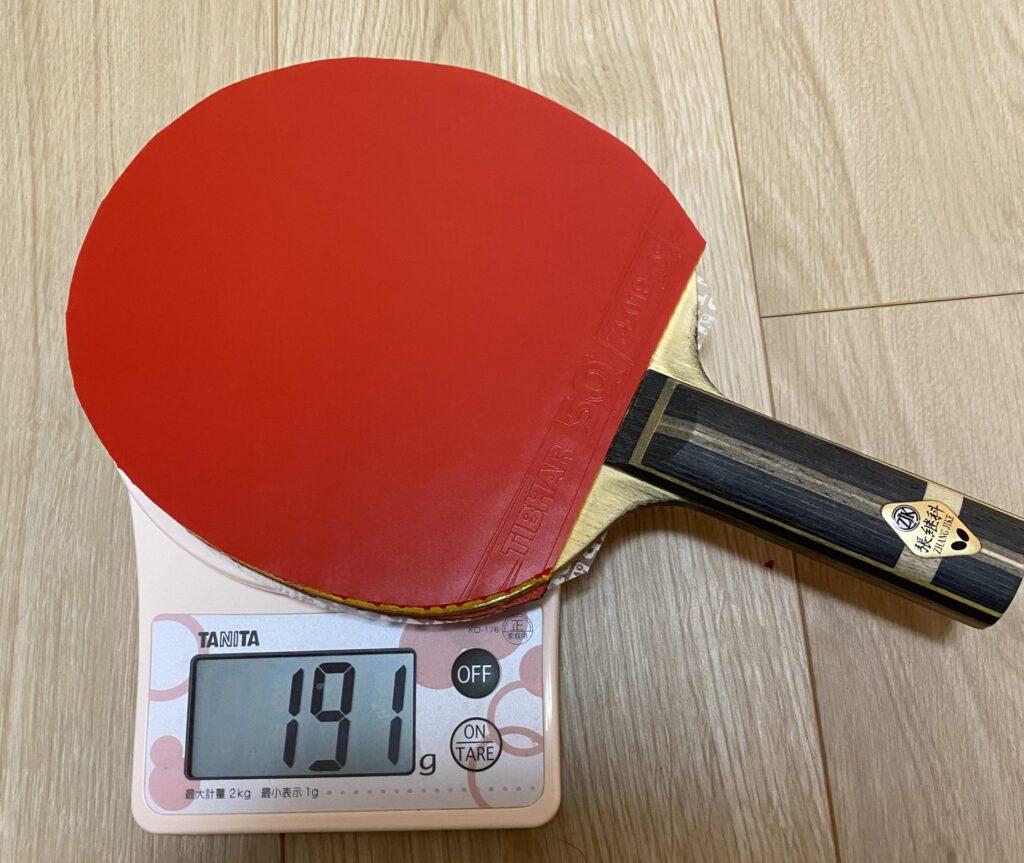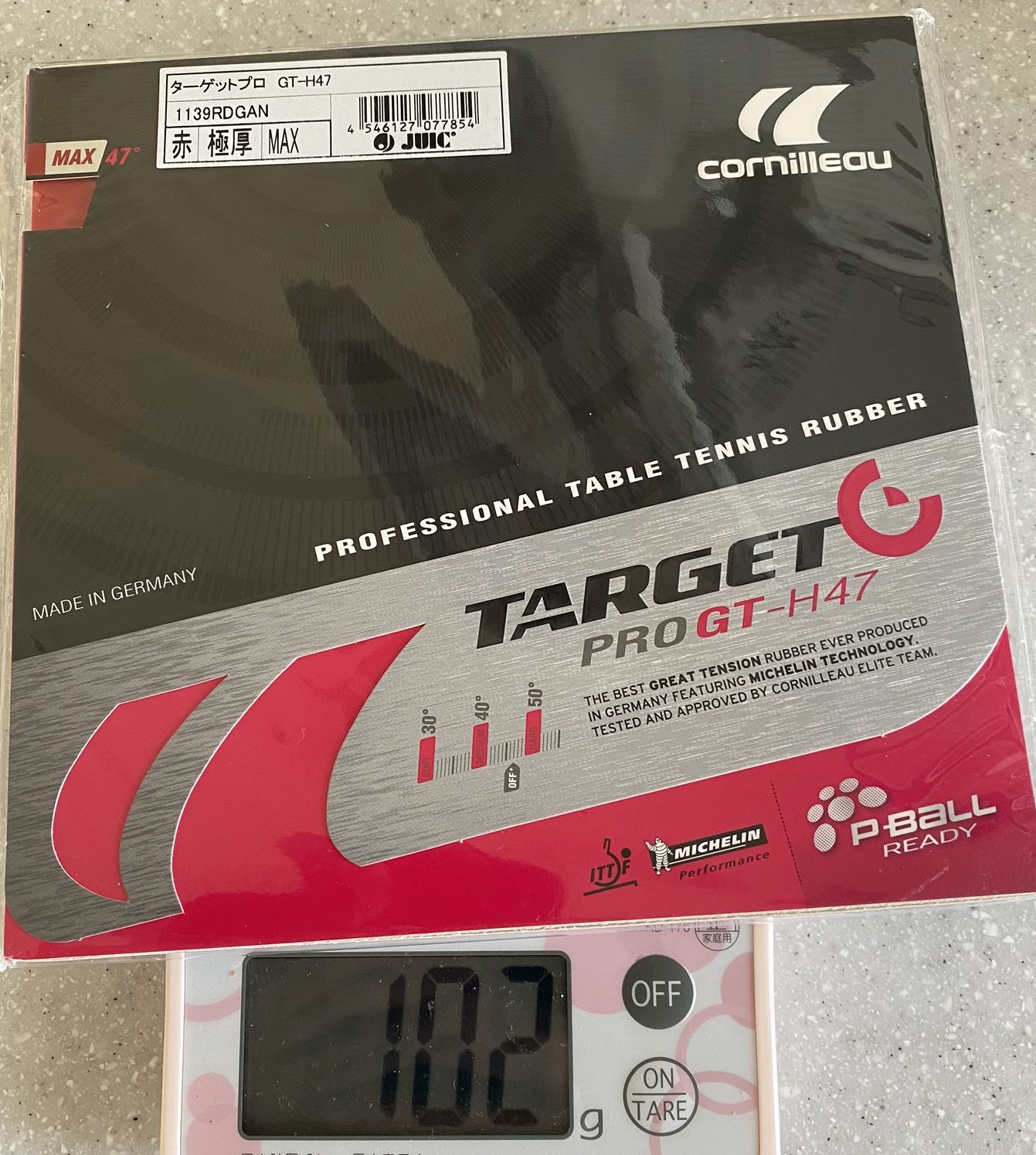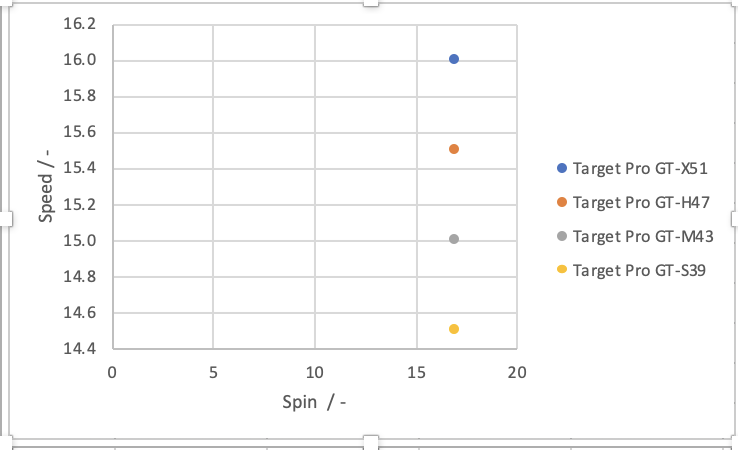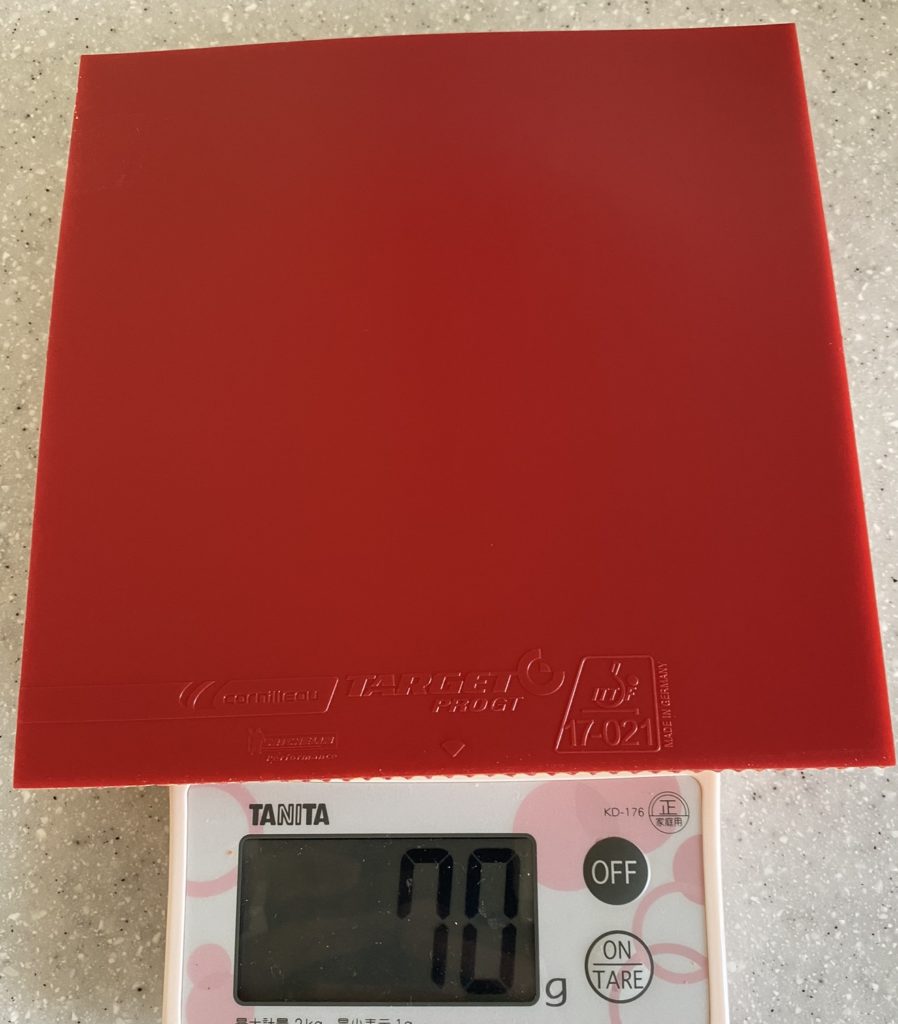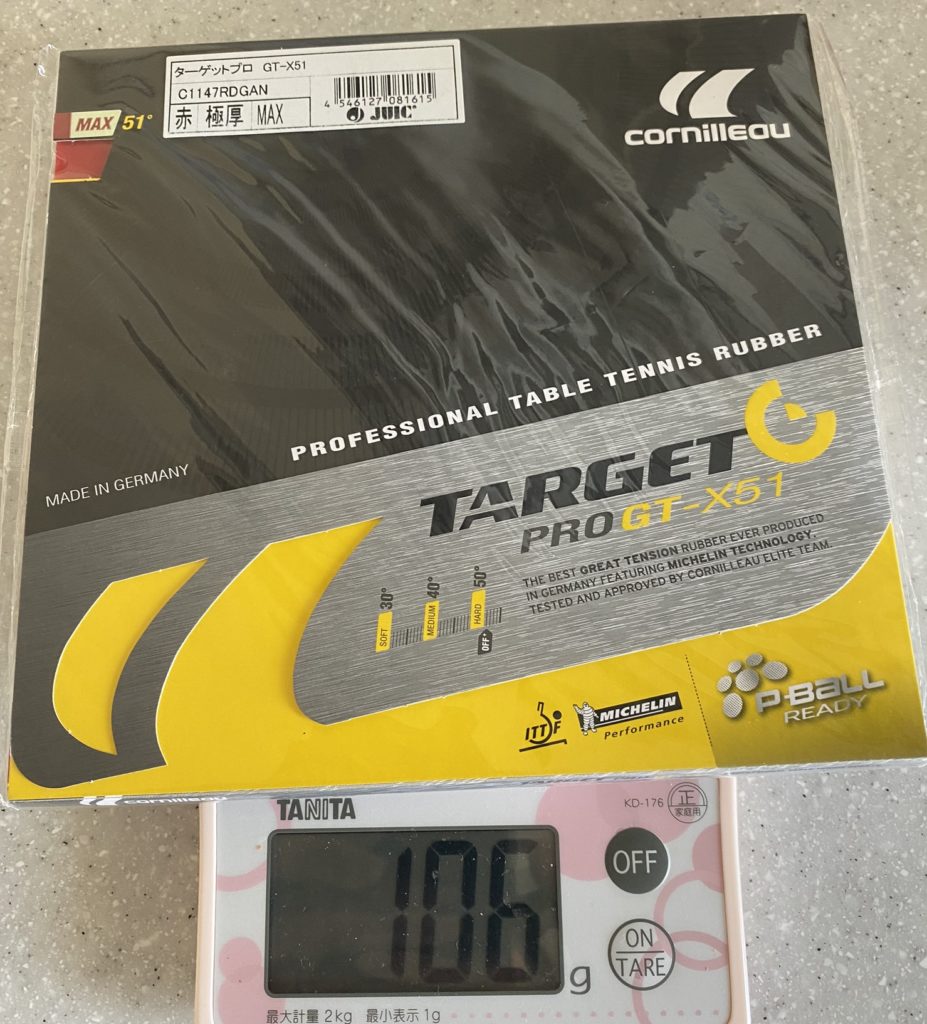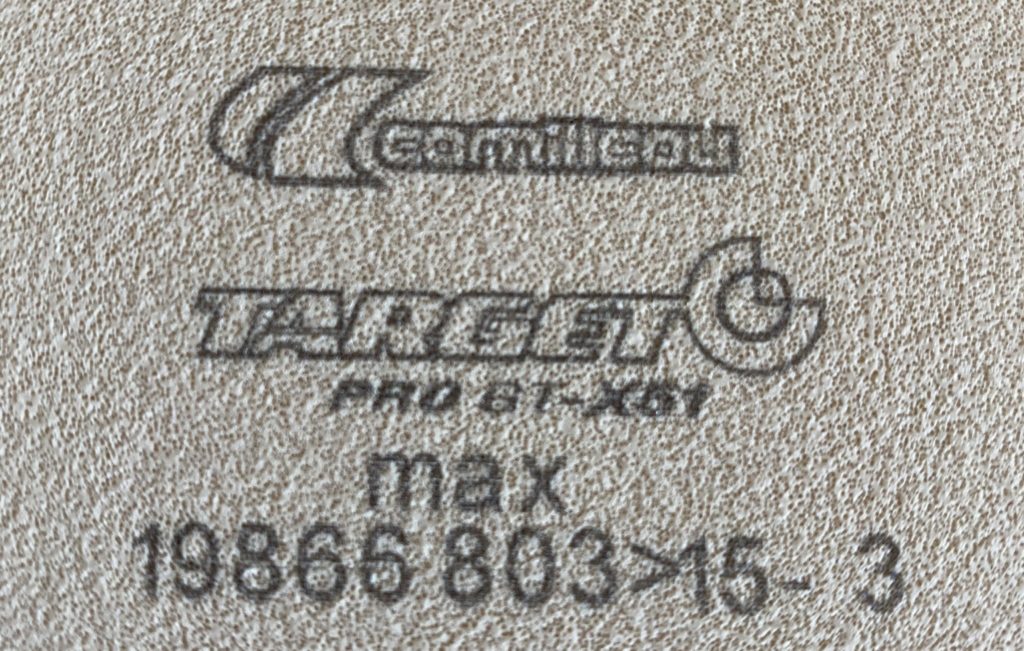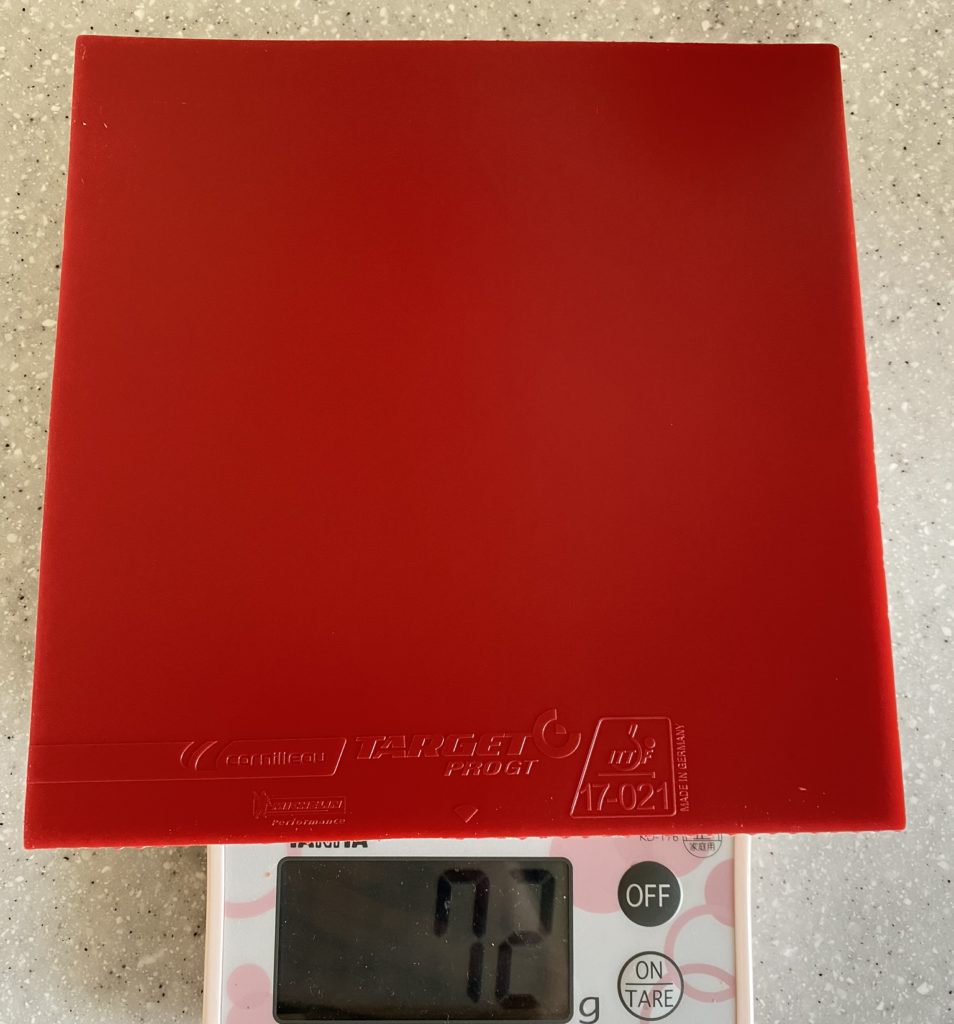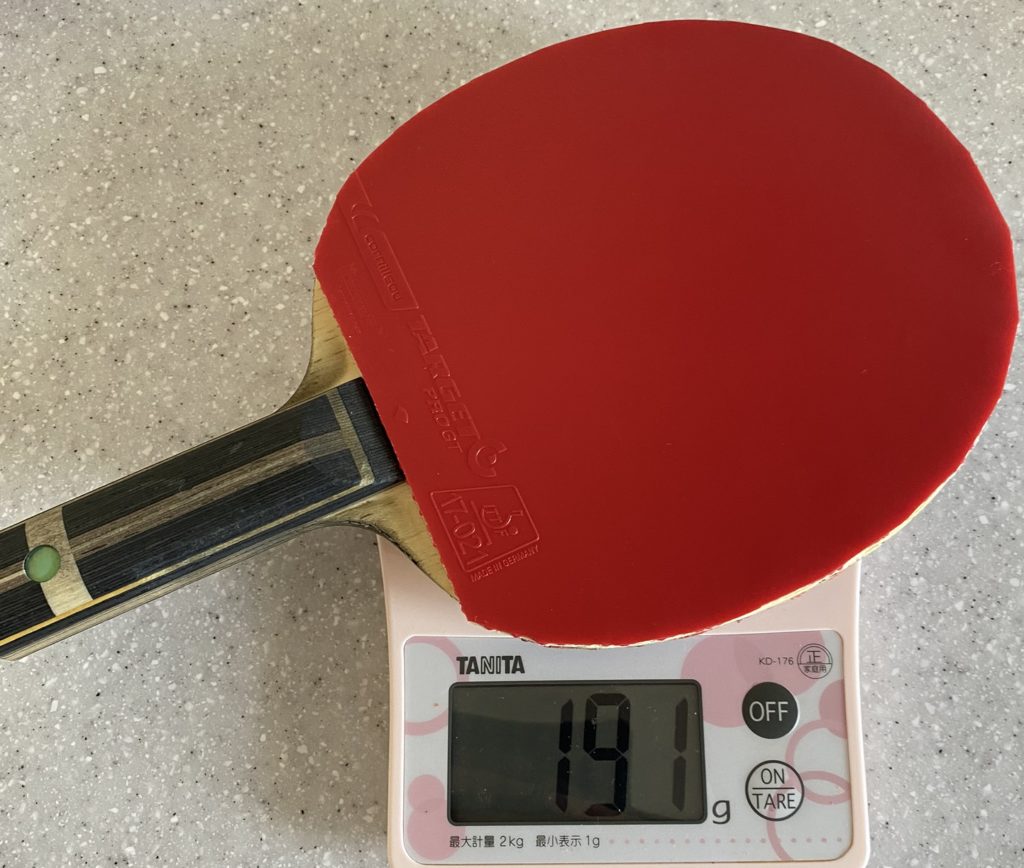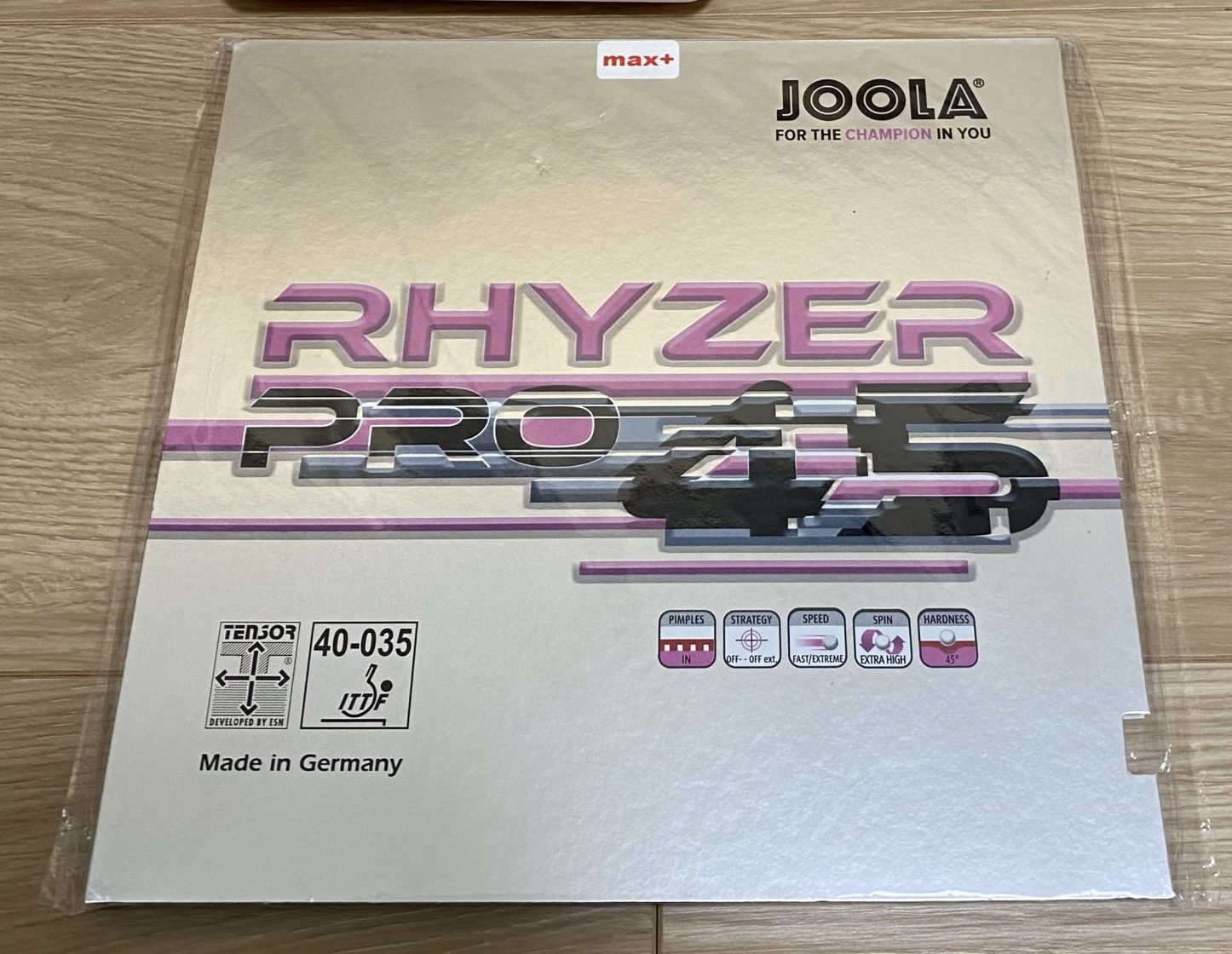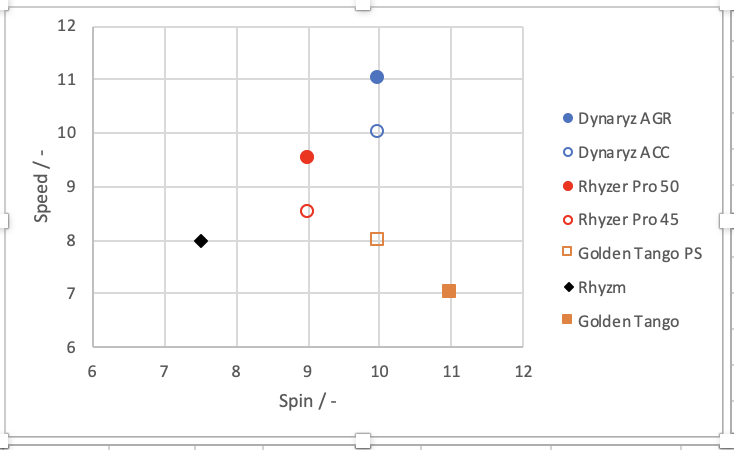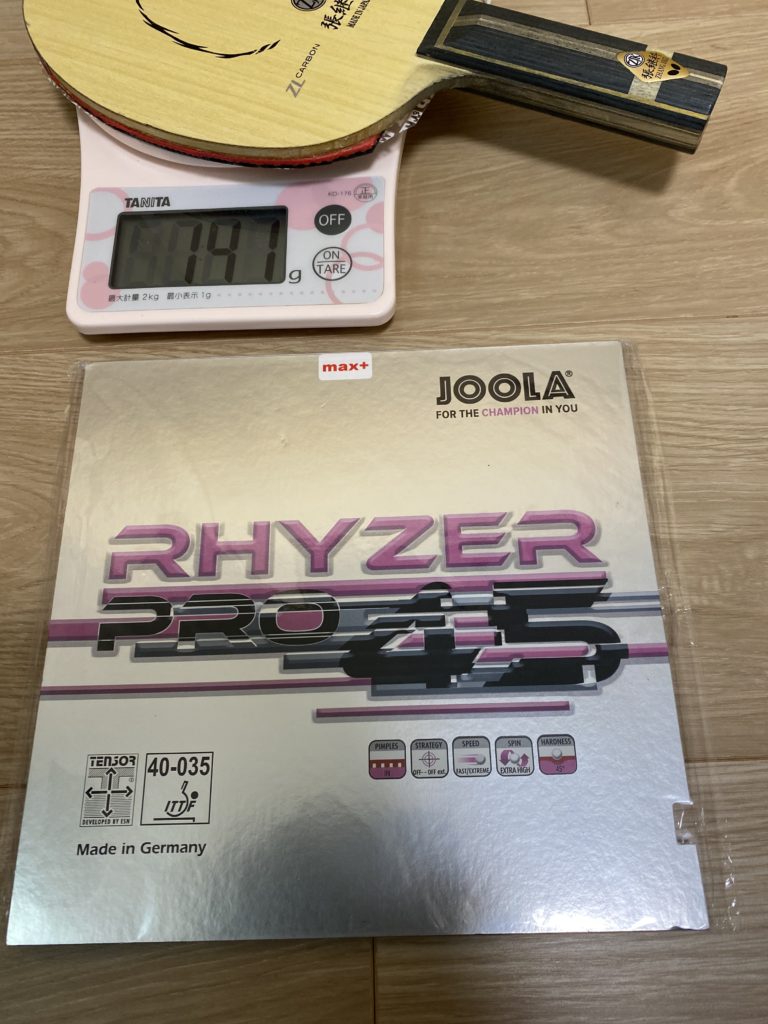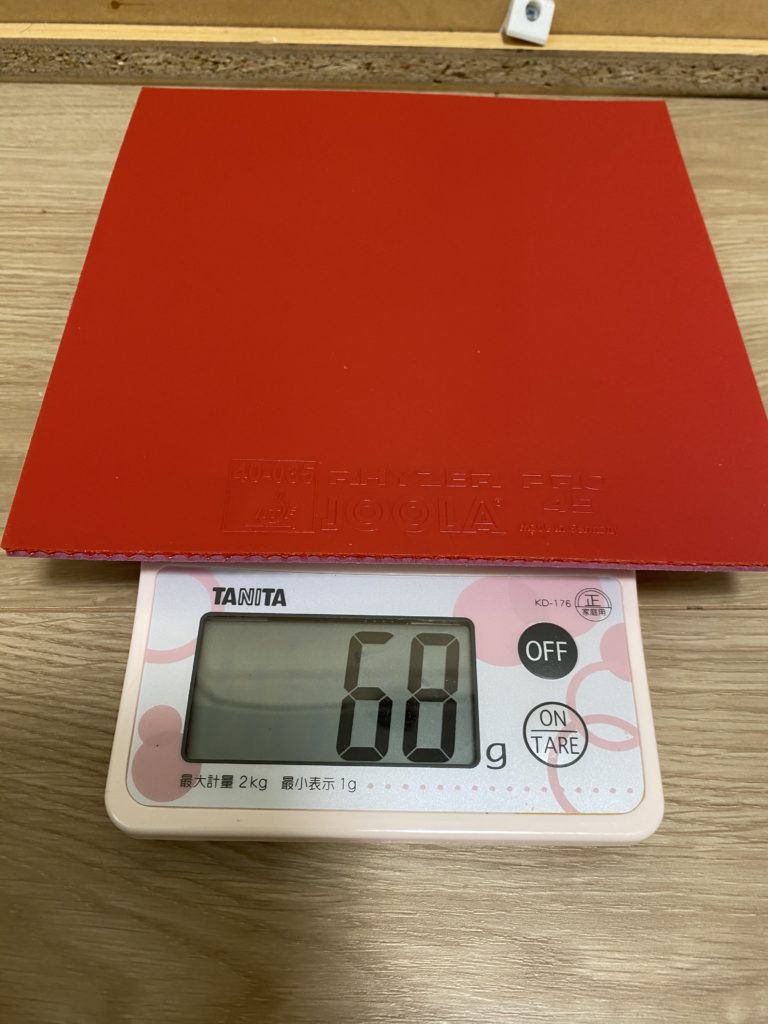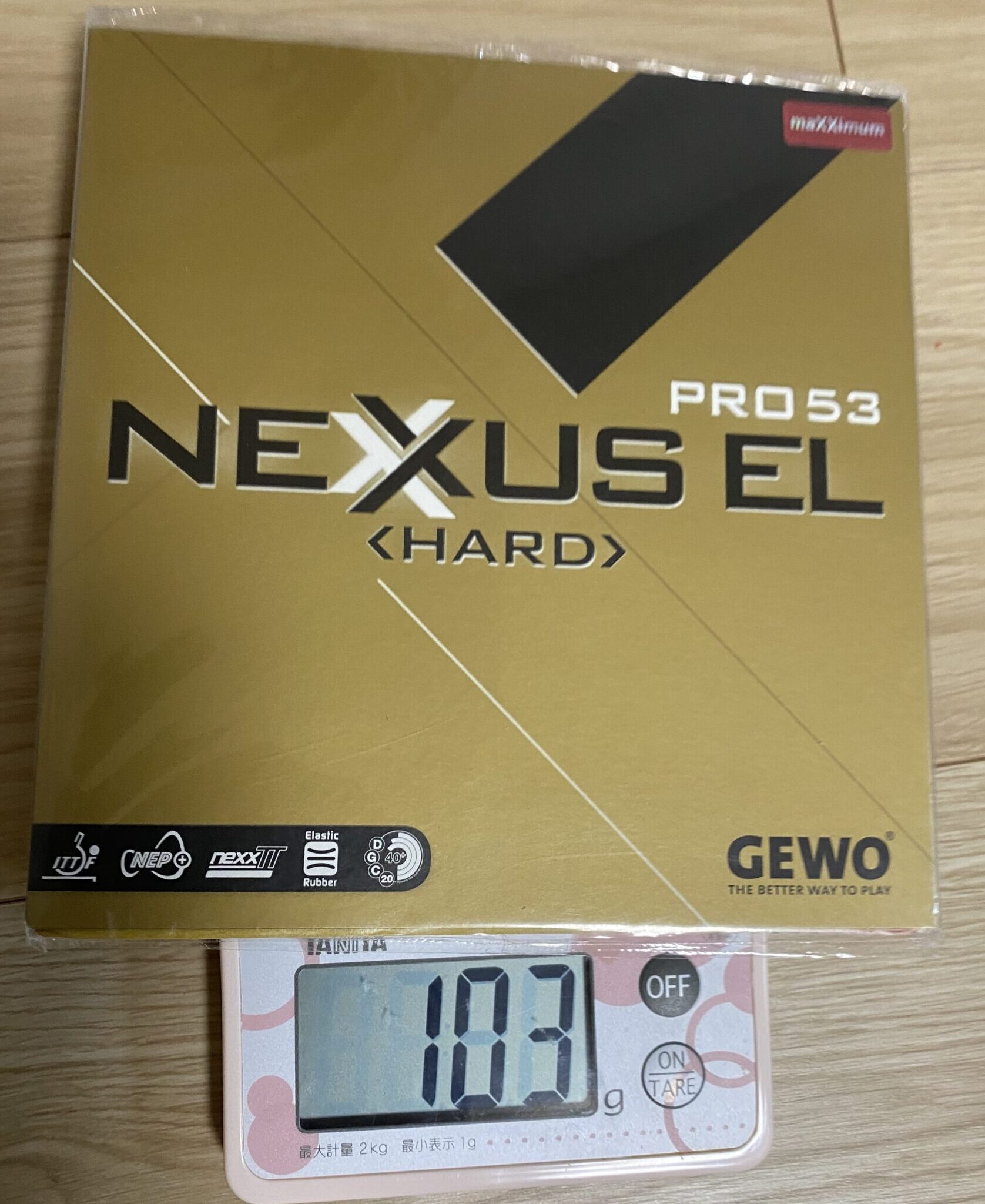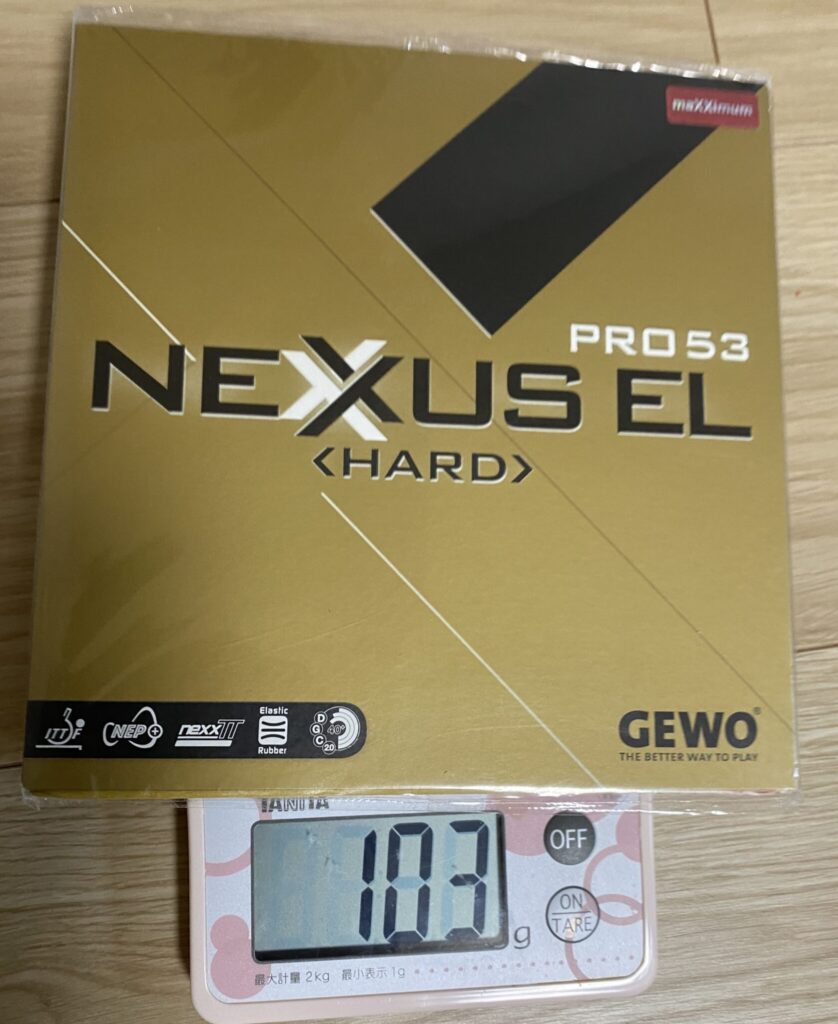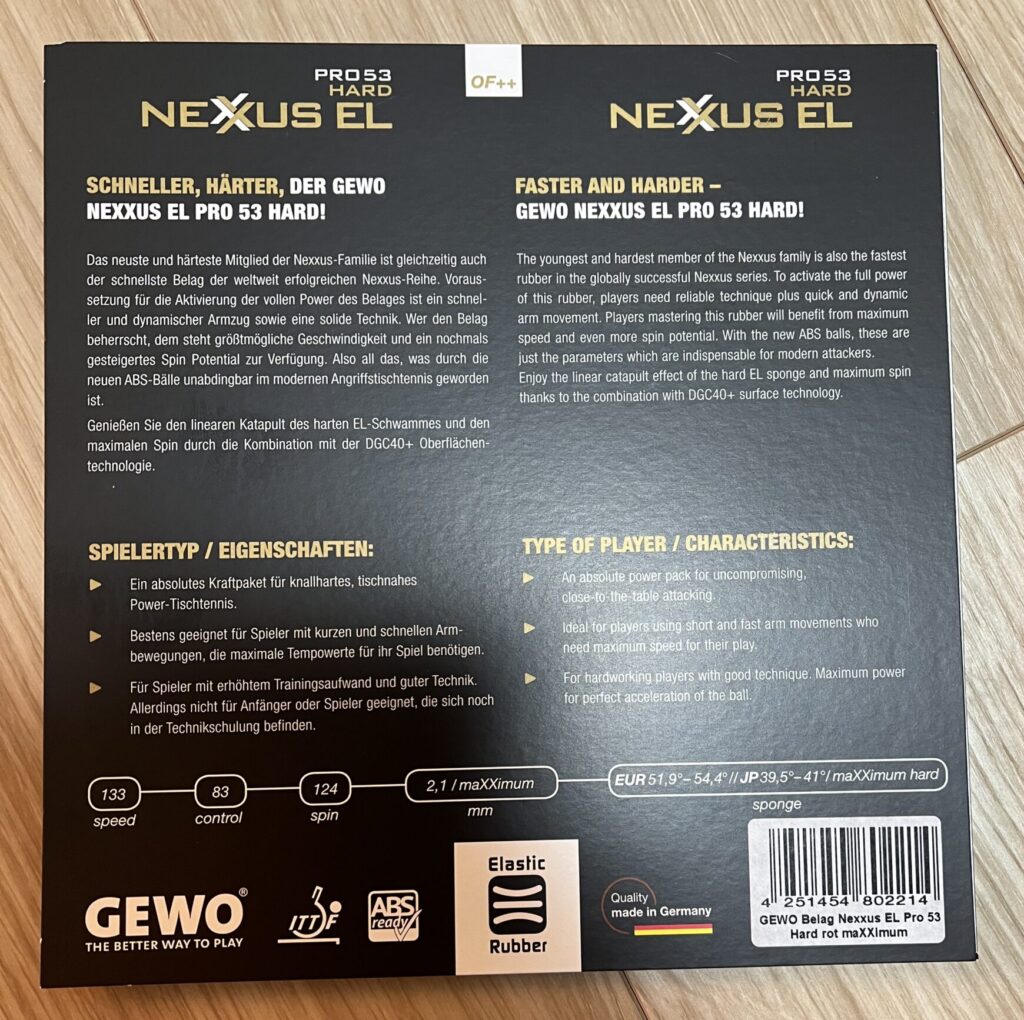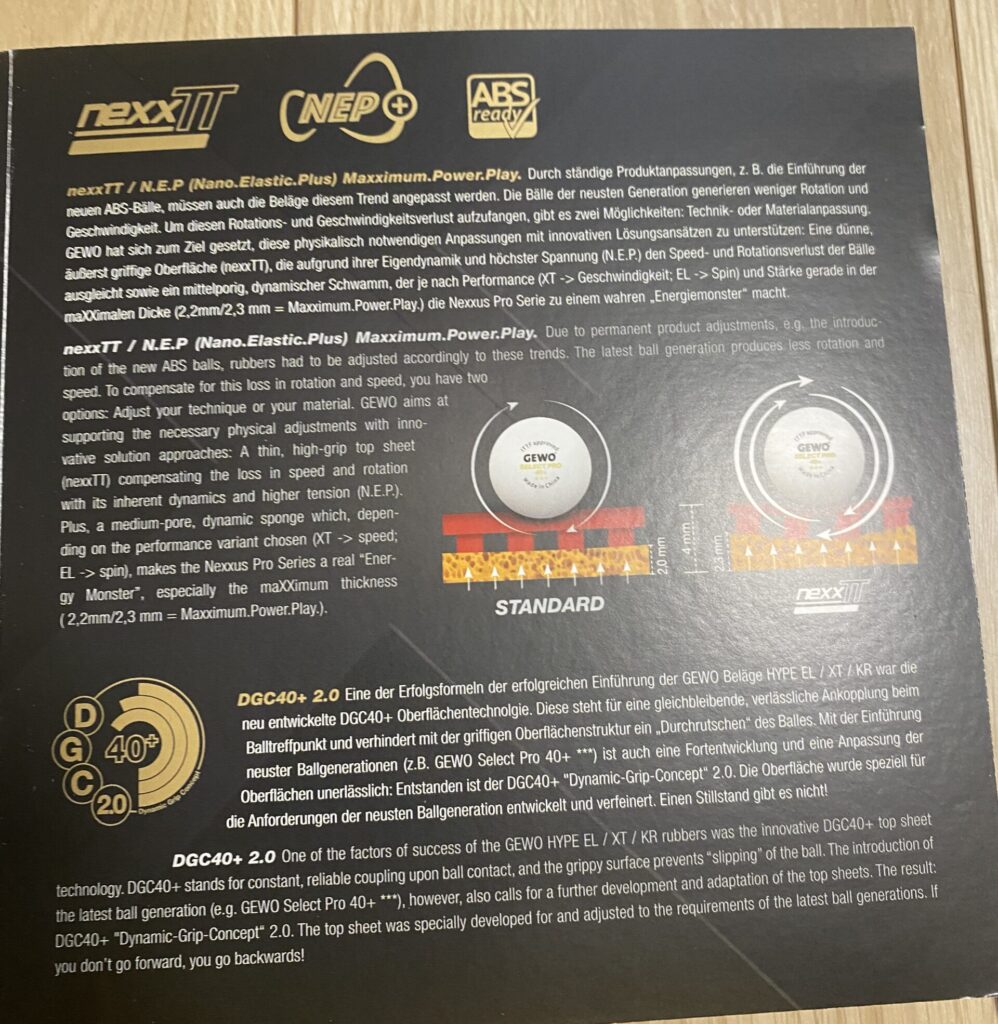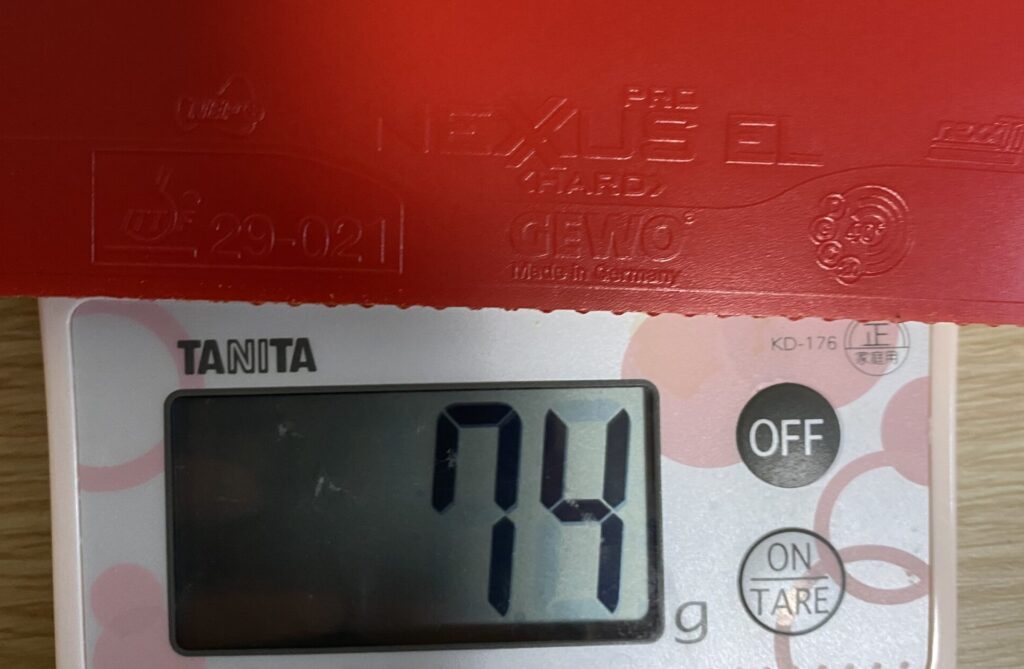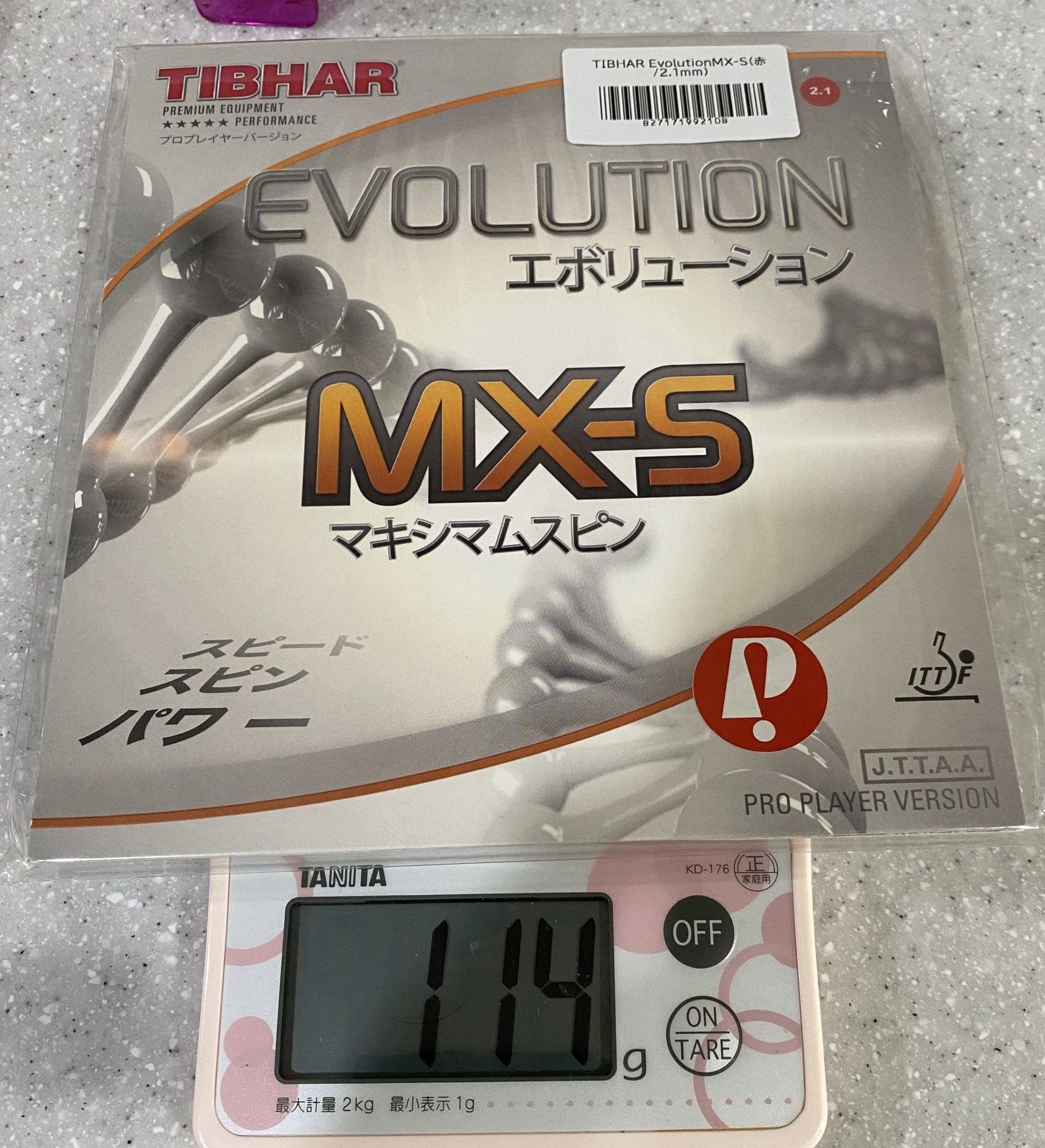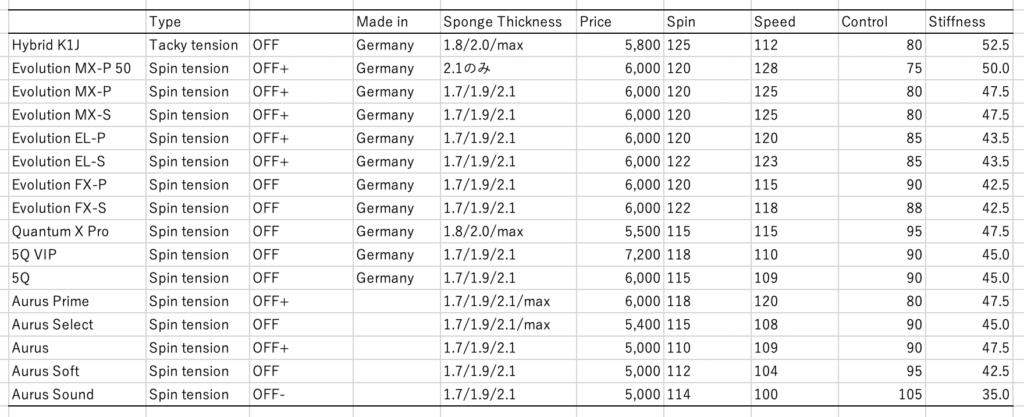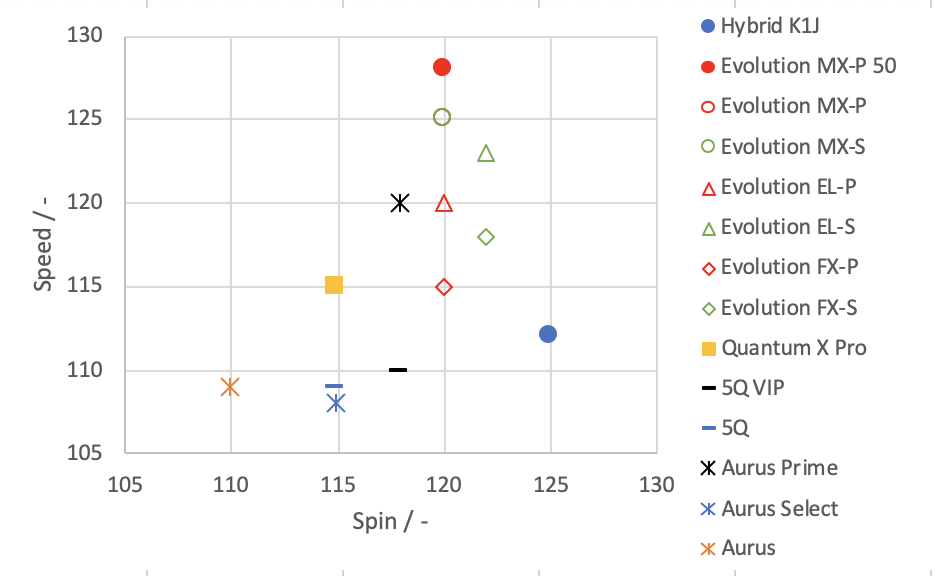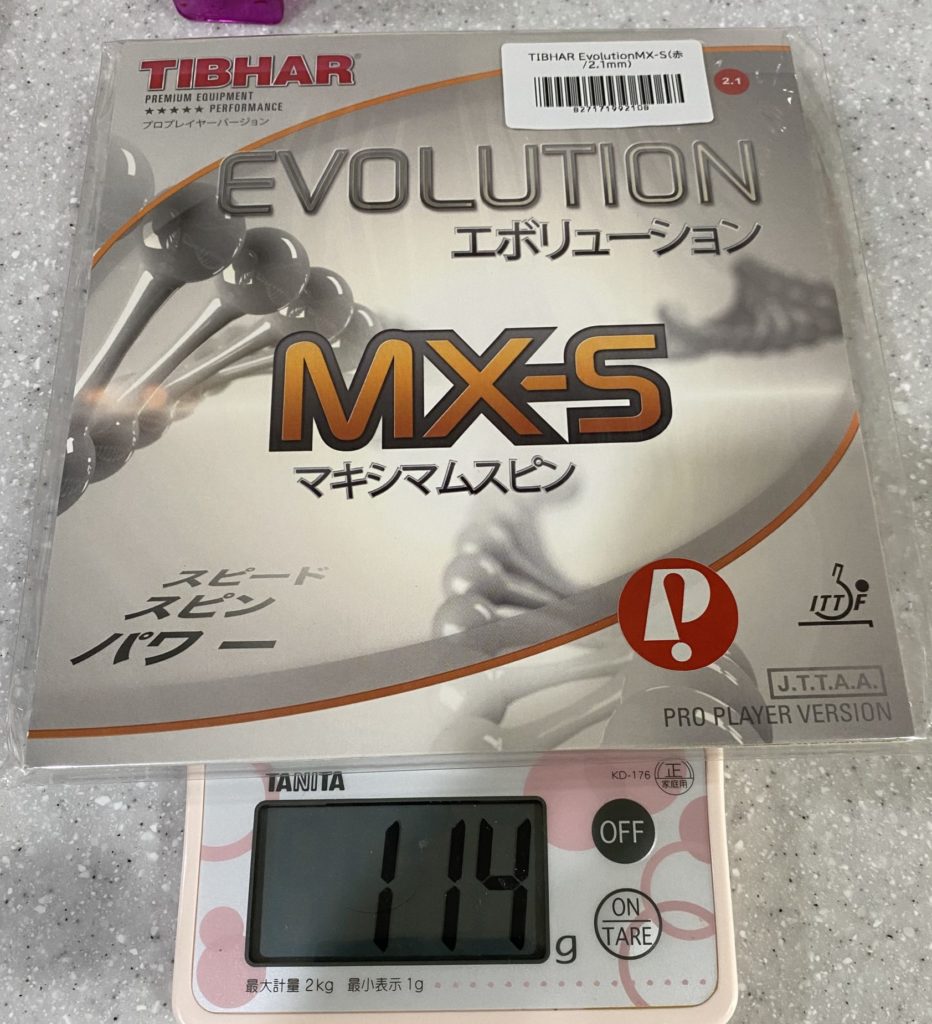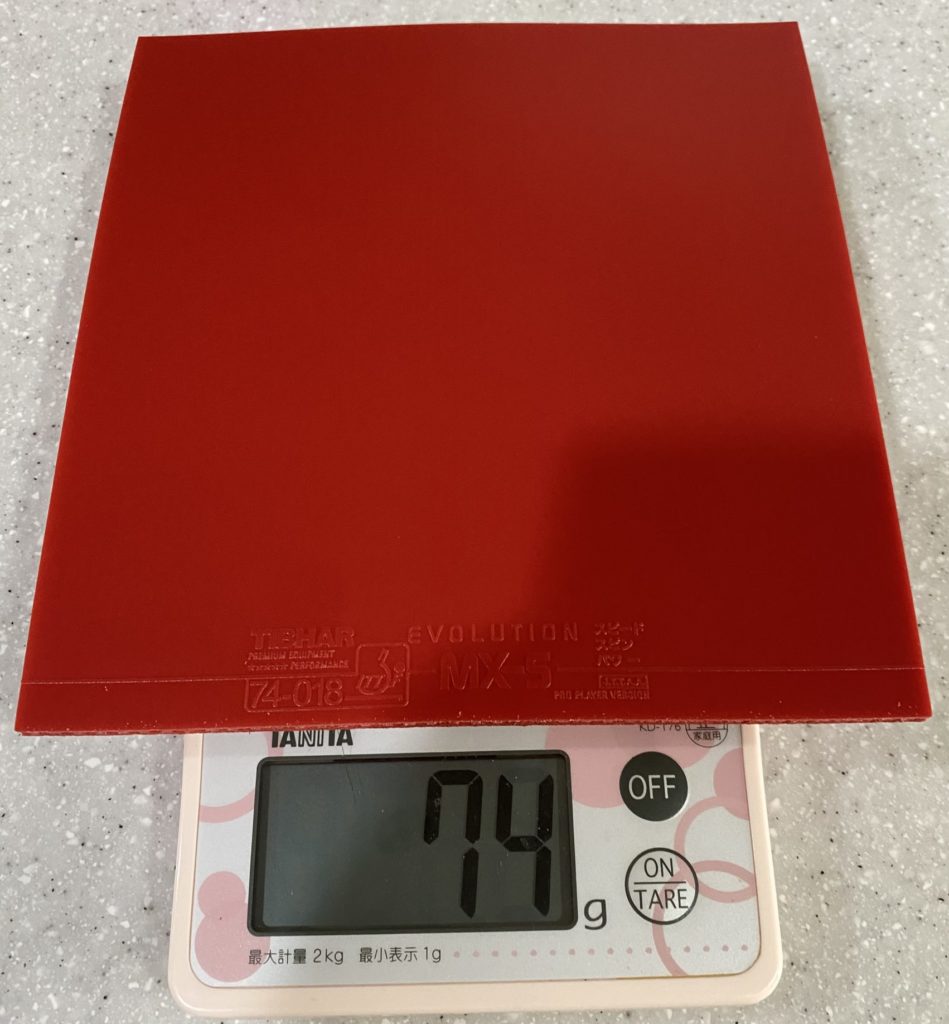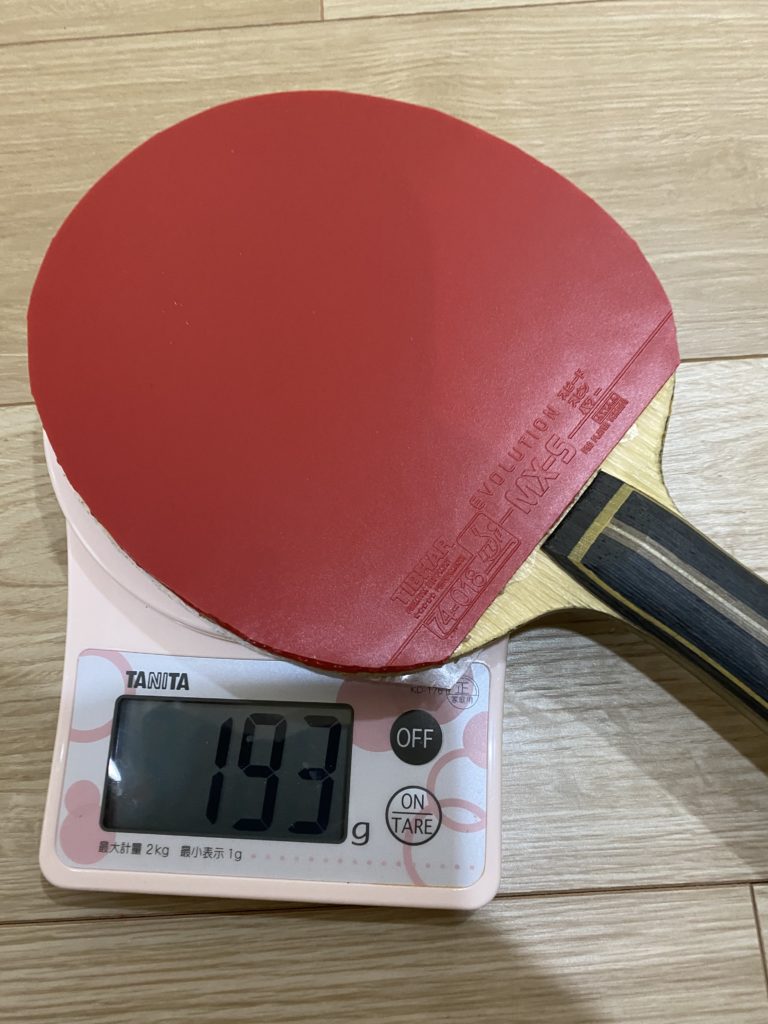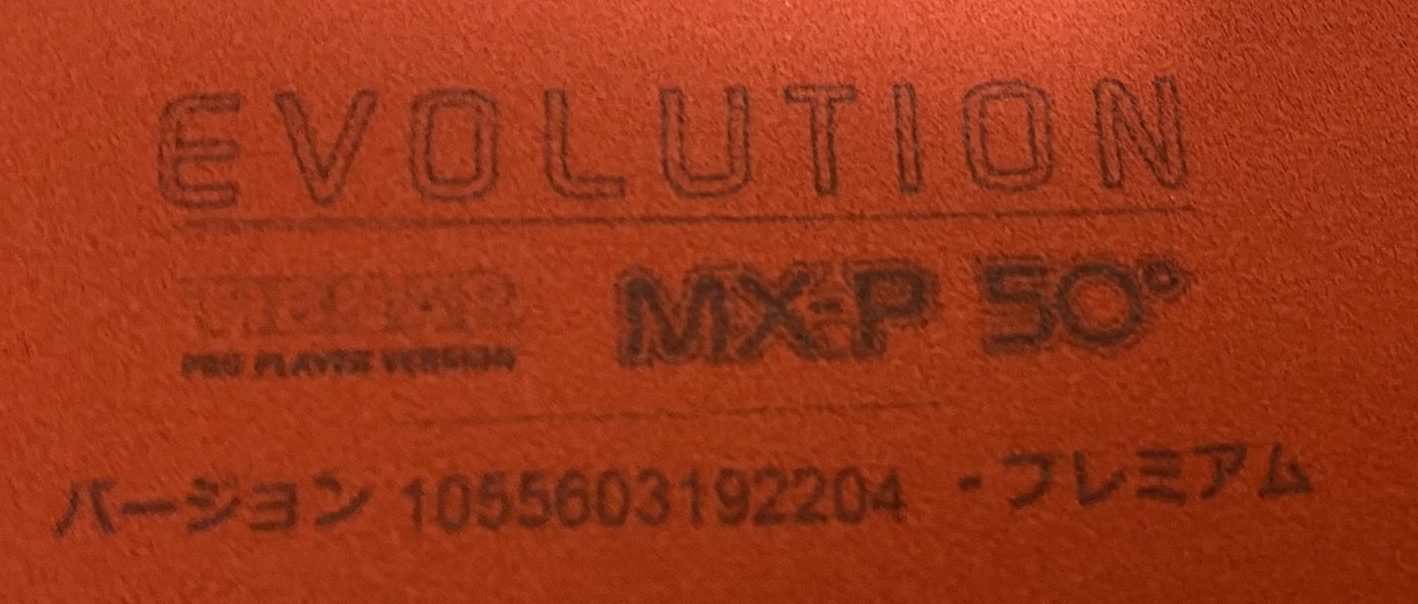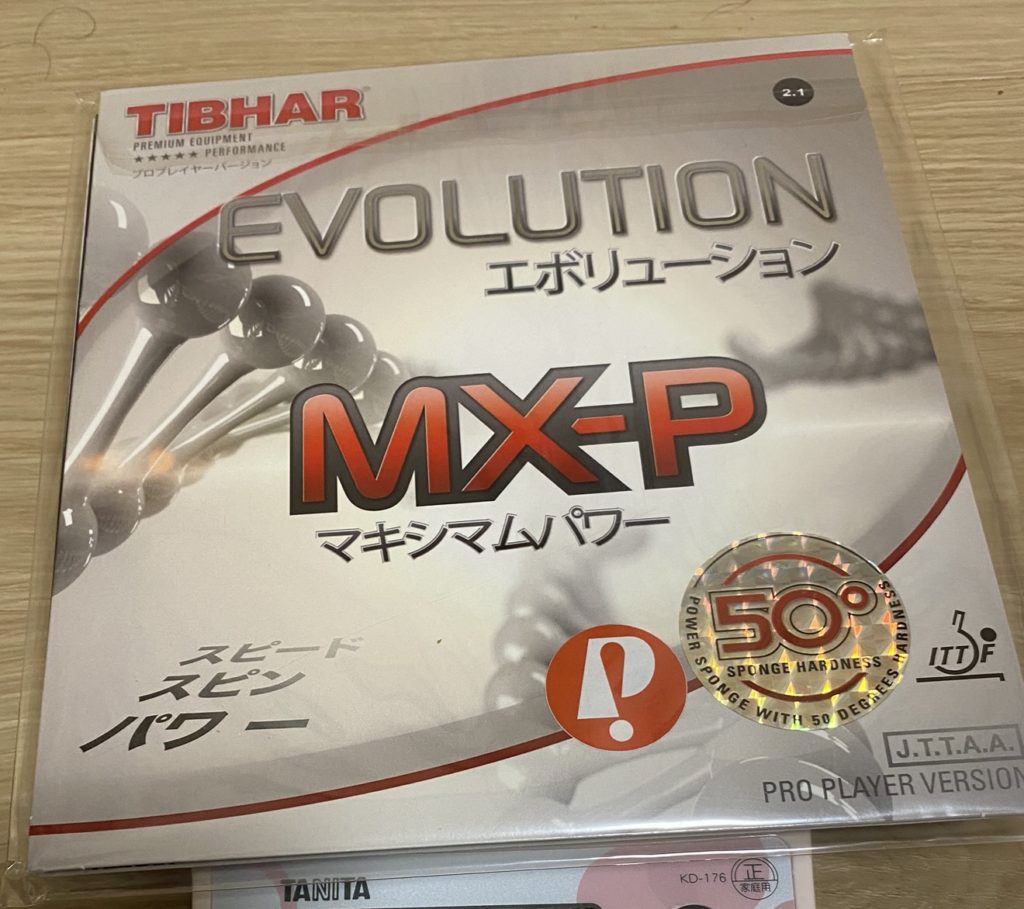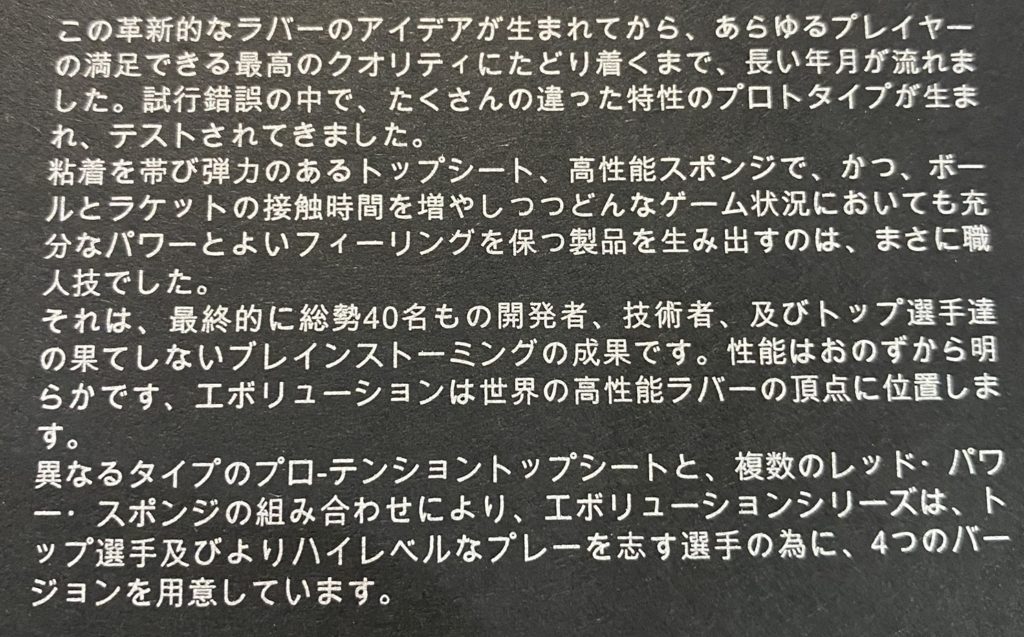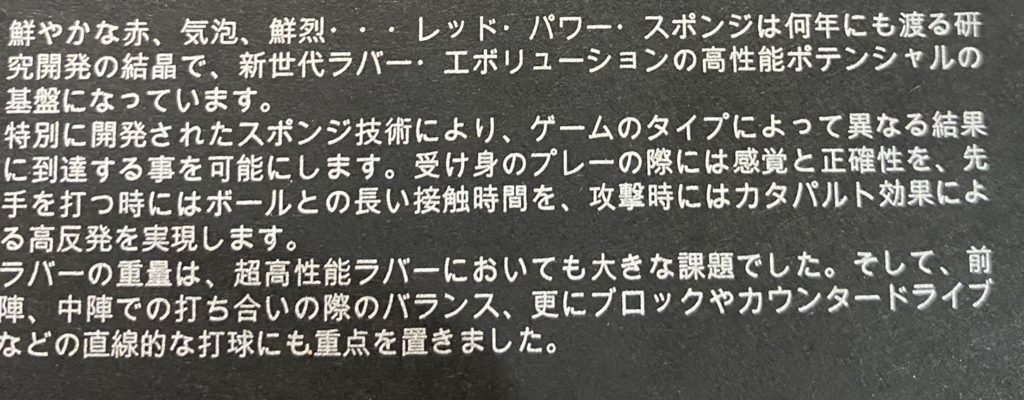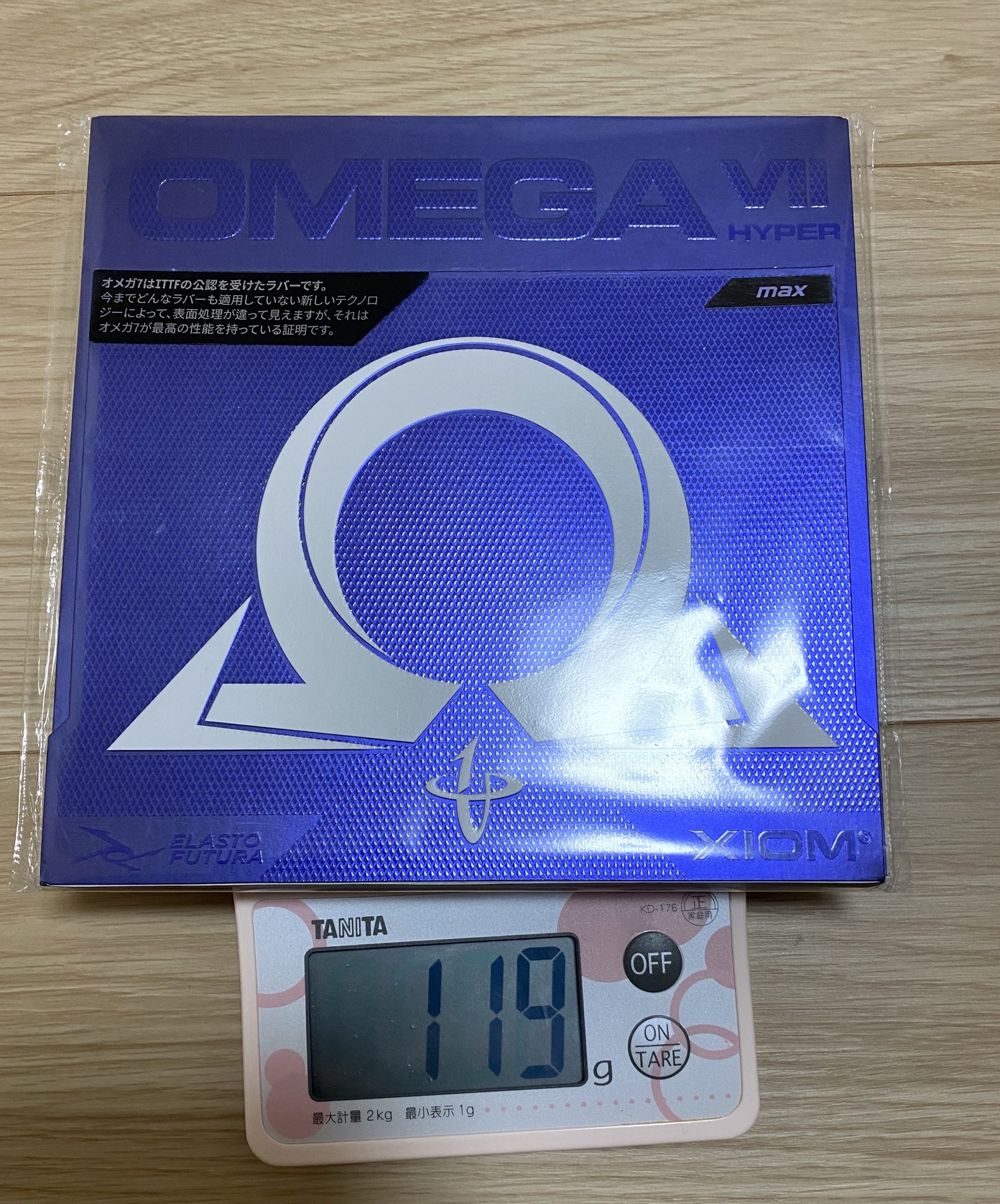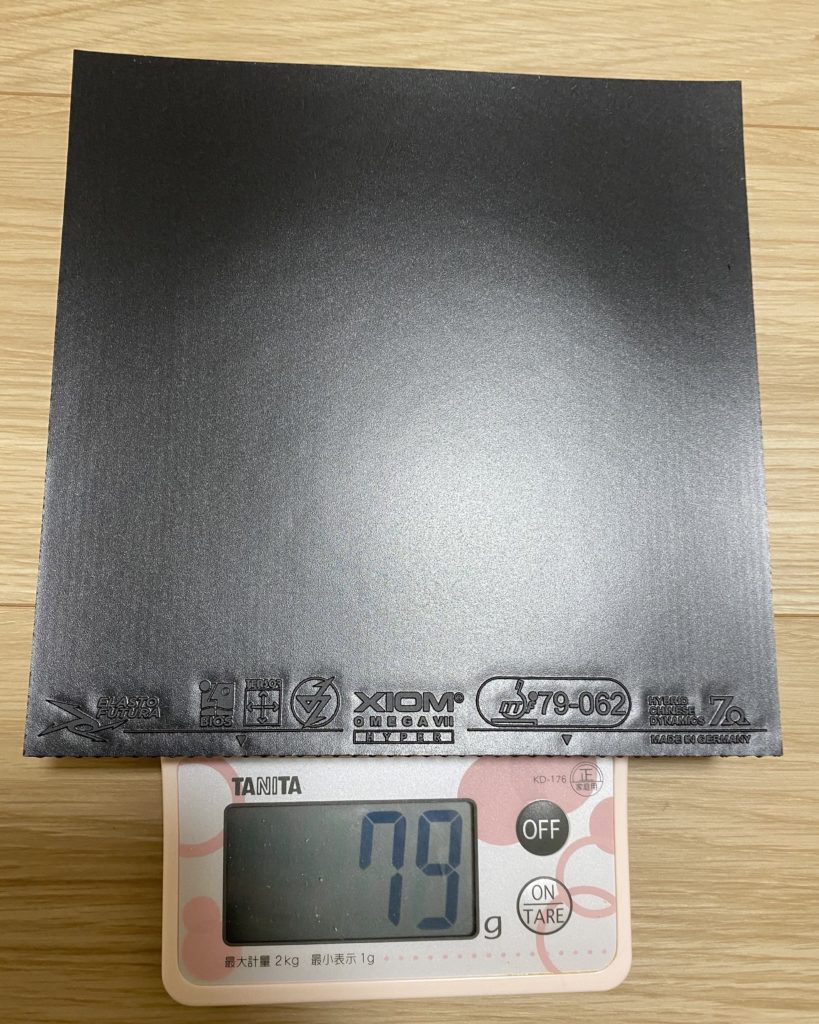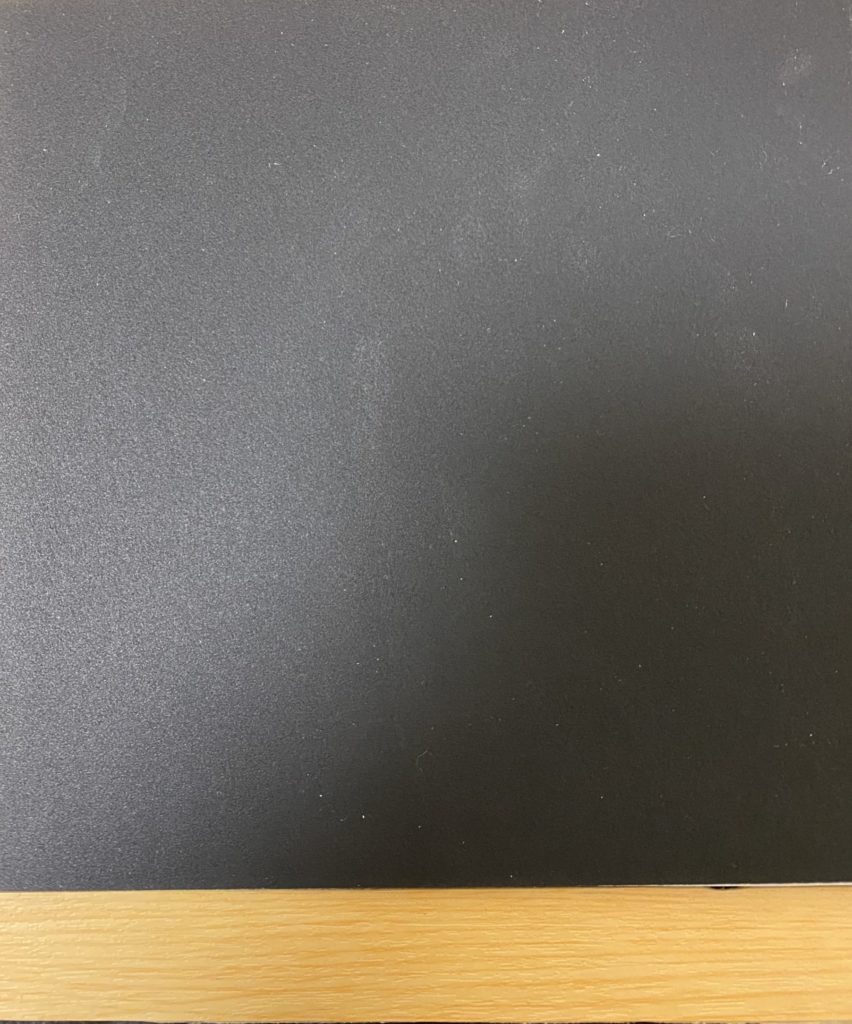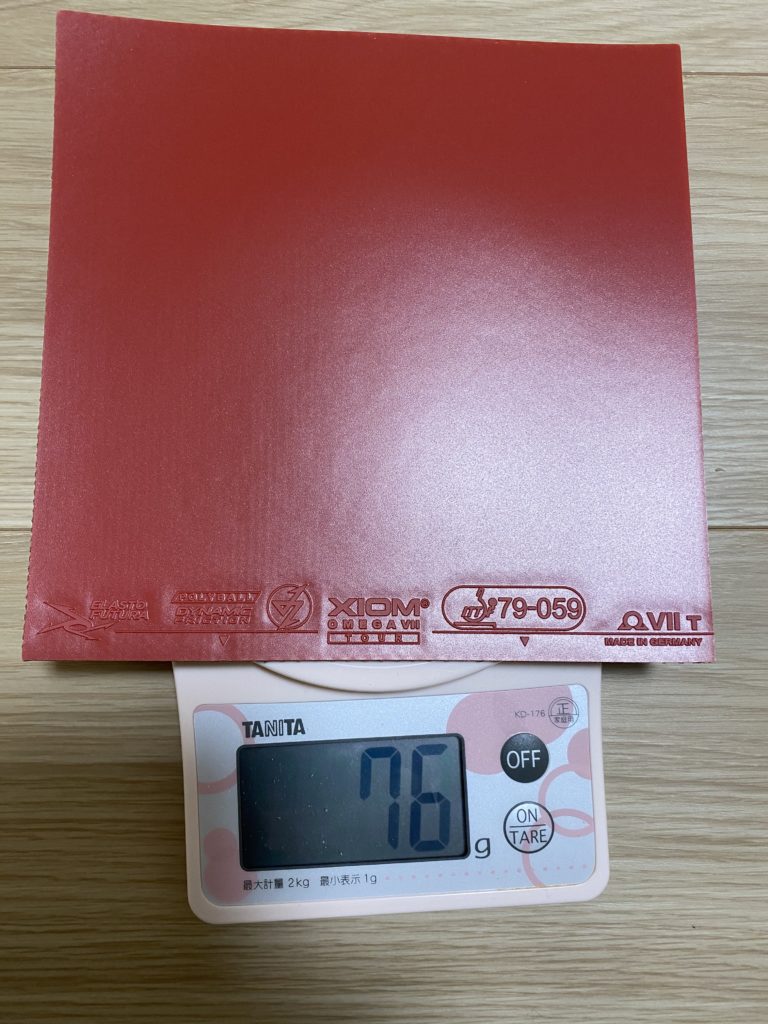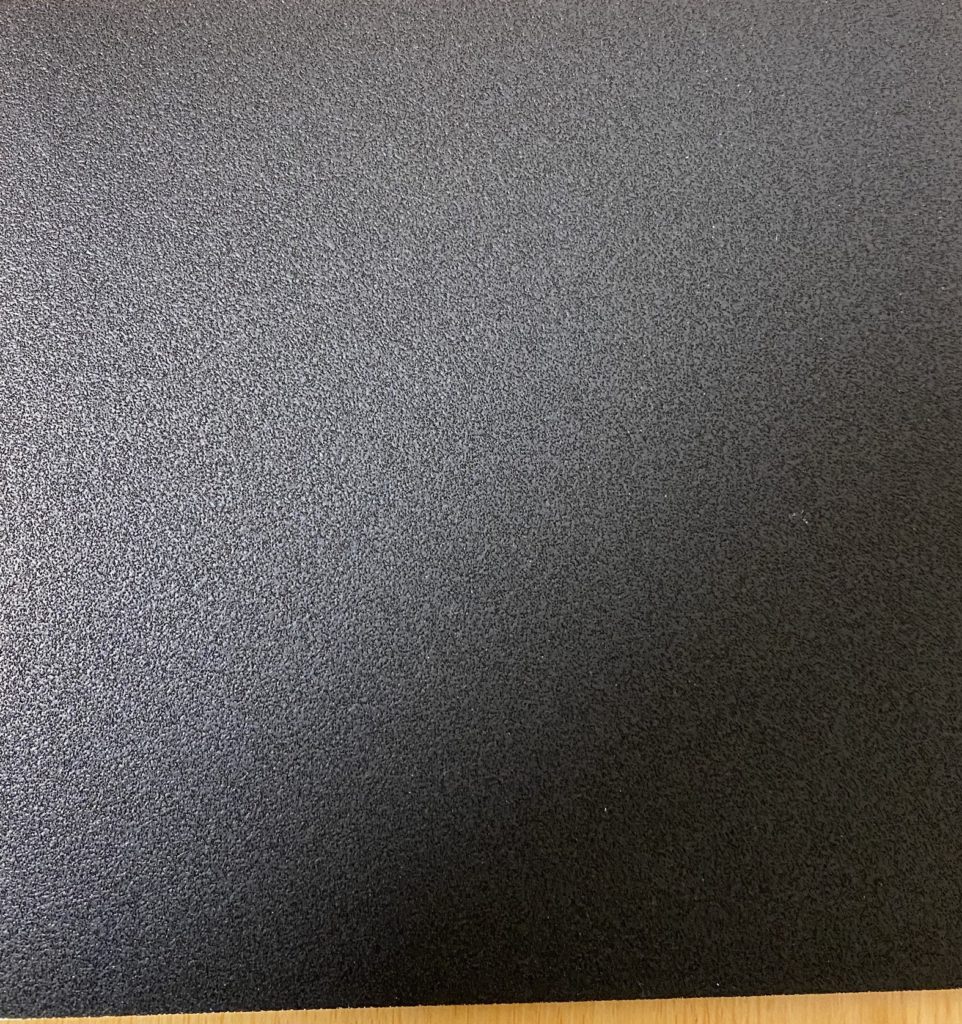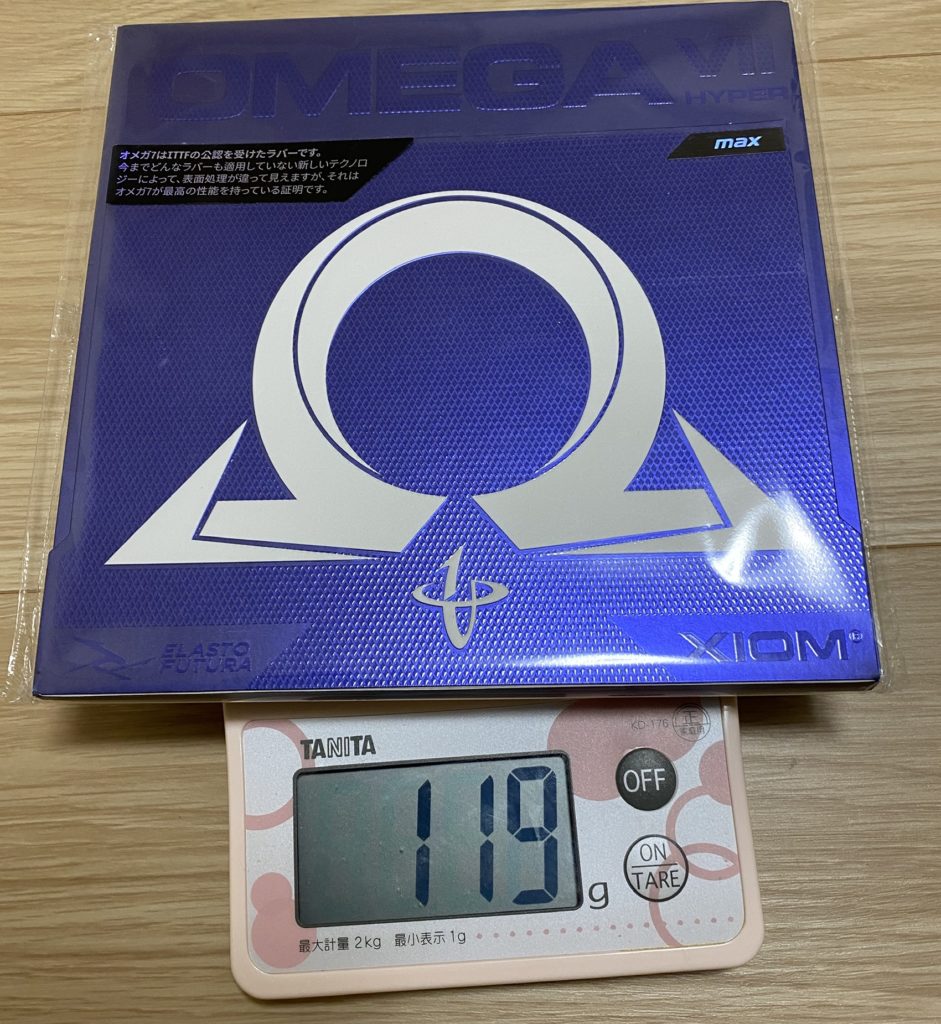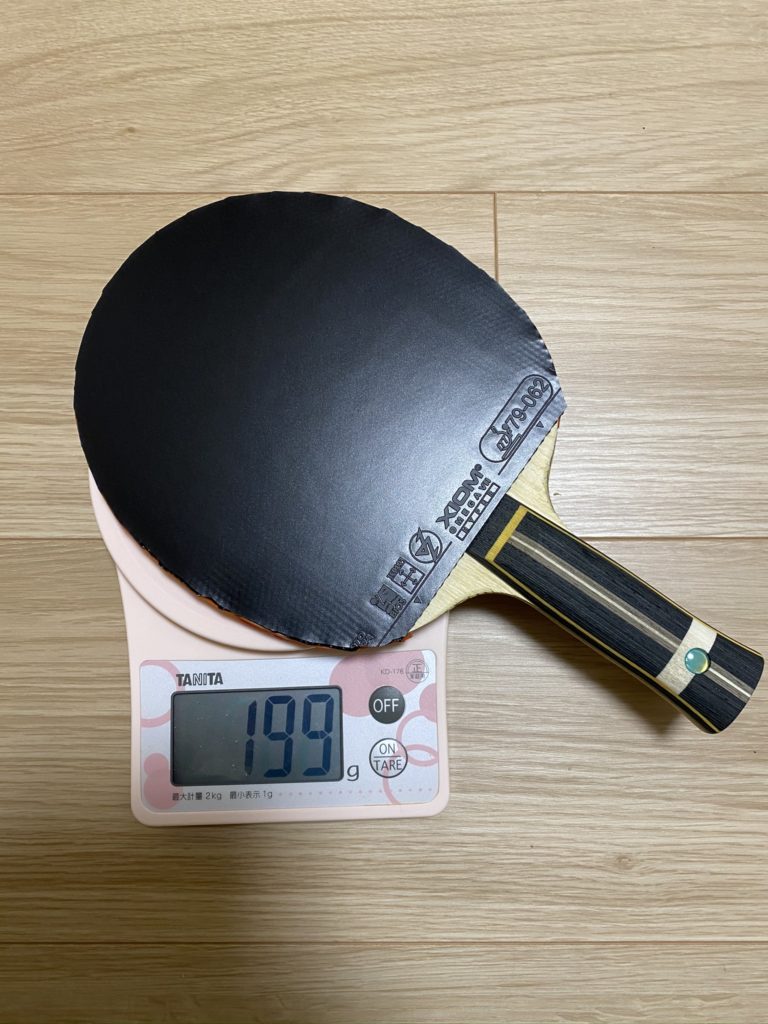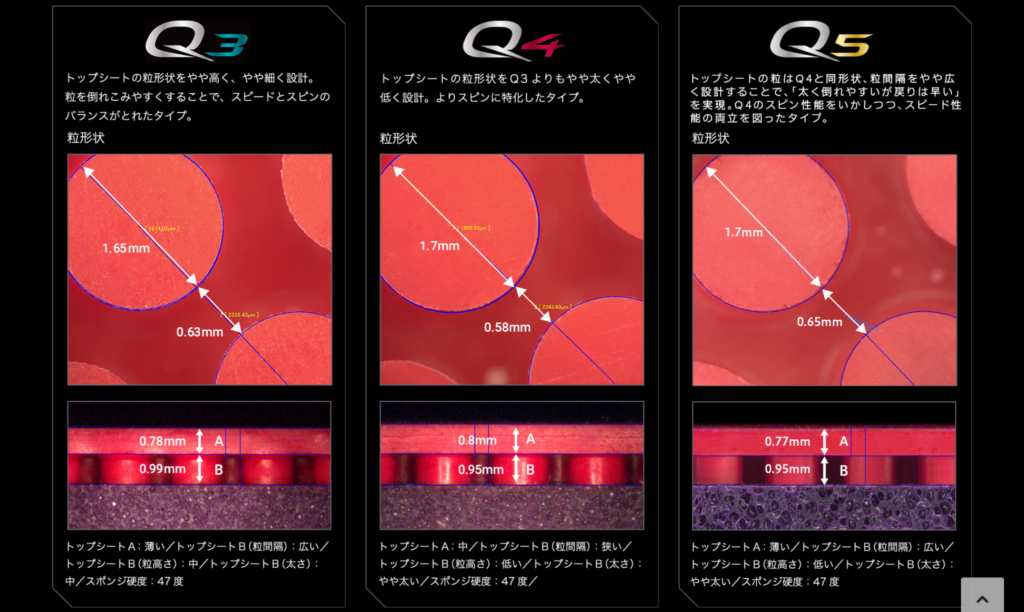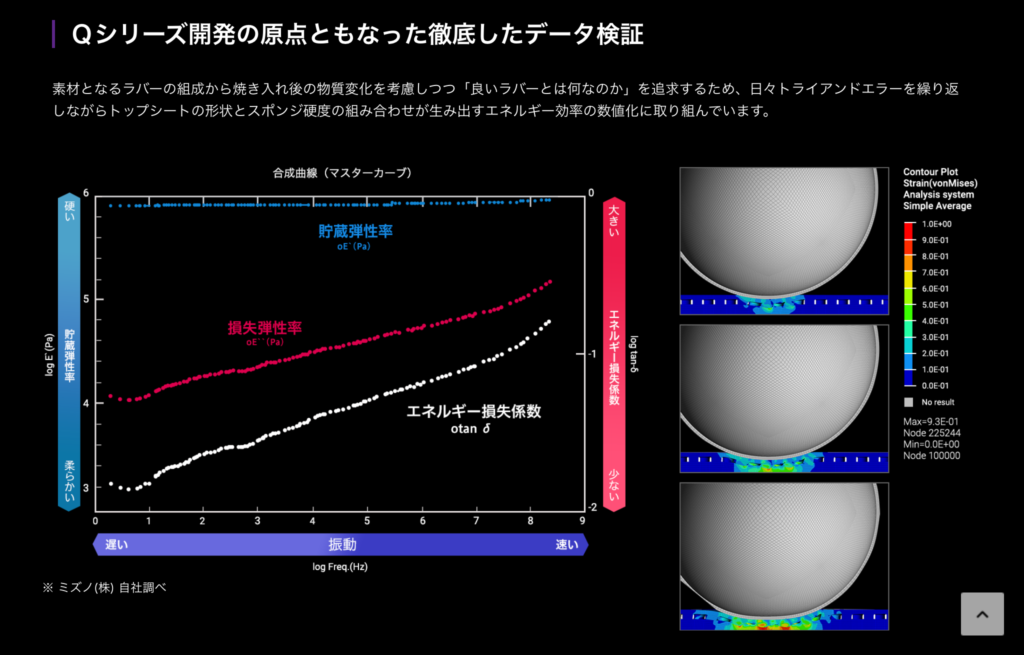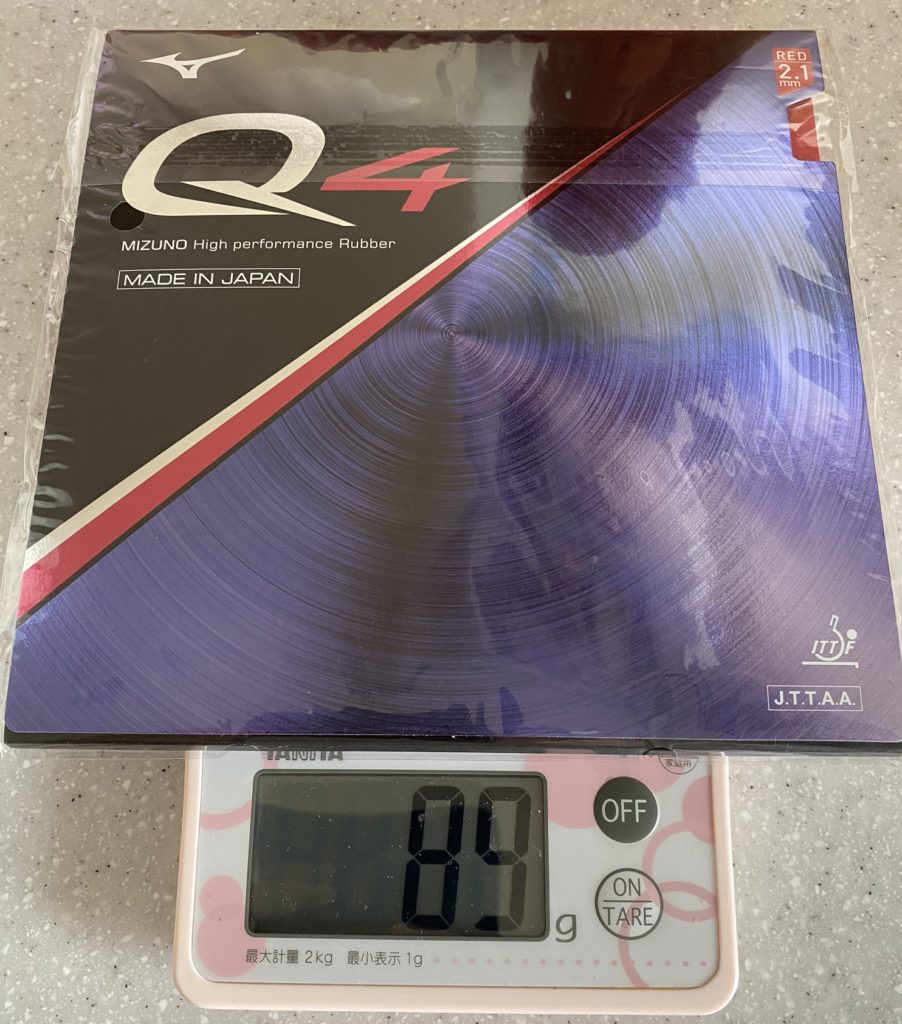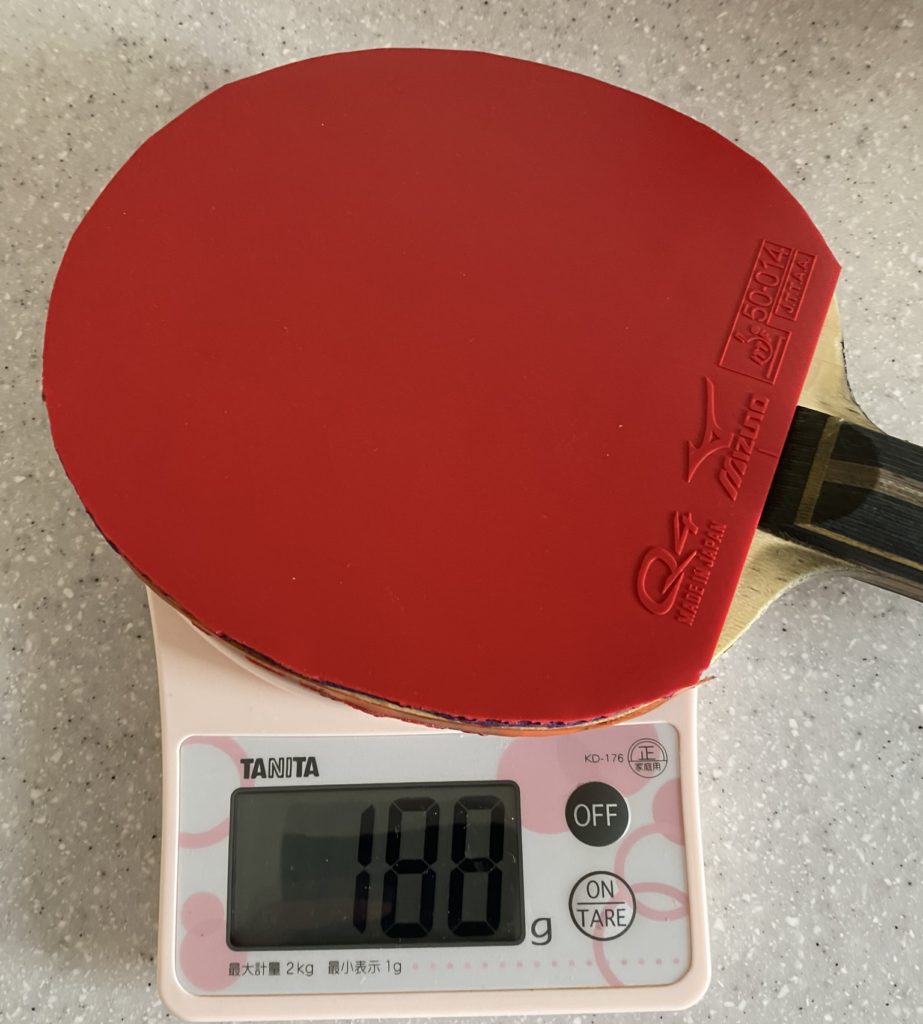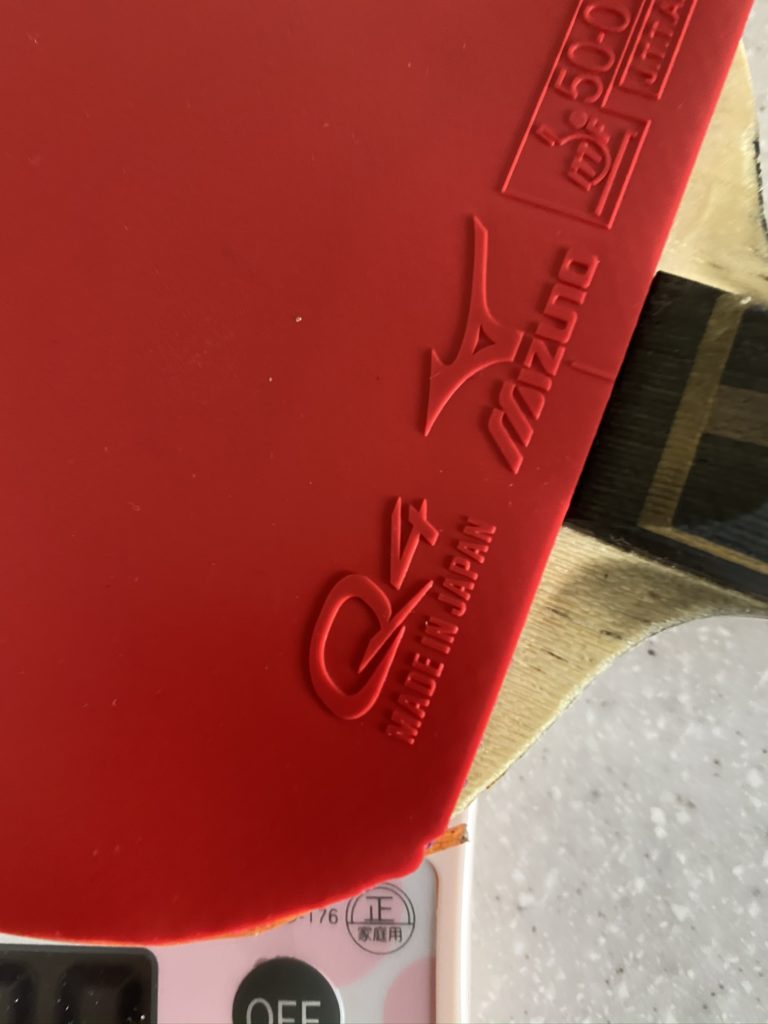Explanation
German table tennis equipment maker, TIBHAR is a maker contracted by Belarusian living legend Vladimir Samsonov (Vladimir Samsonov). Speaking of Belarusian Samsonov, he is a 44-year-old European “giant” who is still active. In his 40s, he is still active and features a very stable backhand and a tall and strong forehand drive, and his play style is centered on blocks and counters. He has been ranked number one in the world rankings many times in the past and is still capable of winning top prizes in European competitions. TIBHAR is a German manufacturer, and although it is a little less well known in Japan, it can be said that it has a solid presence in Europe to support athletes. Recently, it seems that Tazoe Hibiki, who belongs to Okayama Rivets, has a contract.
The rubber reviewed on this page will be Tibhar’s Quantum X Pro. It is a rubber sold in the fall of 2020, and it is said that it is sold targeting intermediate to advanced users. The price will be 5,500 yen + tax, which is 500 yen cheaper than the regular price of 6,000 yen + tax of the Evolution series, which is the signboard! This Quantum X Pro is the only one sold in Japan, but when I looked at the English catalog on Mr. Tibhar’s homepage, there were two other types of rubber with the title Quantum. Please refer to the published performance values for comparison, including those.
This Quantum X Pro seems to be selling very well, and the advertising phrase is “You can tell by hitting it!”. Even recently, the former Dutch national team, the private coach of champion Jun Mizutani, and now the general manager of the Asian region, G.C. Forster, are also being advertised on SNS! When I heard the promotion, “You can understand it by hitting it!”, I imagined that katsuo000 would be “similar to Tenergy 05?” In fact, Tibhar’s top player rubber, Evolution MX-P, is a rubber that has a shot feel that is quite similar to Tenergy 05. Then, I would like to write about the difference between MX-P and Quantum! In addition, Quantum means “quantum”, and there is a word “quantum dot” as a chemical material. I don’t think the rubber contains quantum dots, but I think it’s a sound that makes you feel that it is manufactured with the latest technology.
Published performance value

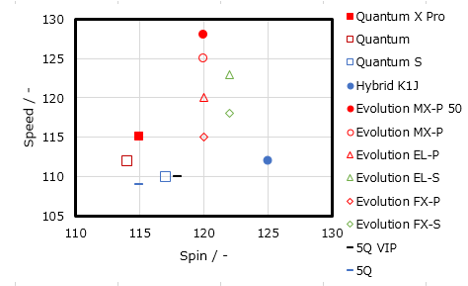
I am sorry that it is very difficult to understand. Because the speed and spin performance of Evolution MX-P and Evolution MX-S are the same as those of the English catalog Quantum X Pro. Only Evolution MX-P is plotted. In the above figure, Quantum X Pro is from the Japanese catalog.
Some sites use expressions like “10+”, but we have adopted the ones that are evaluated by three-digit numbers. It seems that the actual spin performance is higher for soft rubber. Around this time, I would like to actually try it out and check it.
The trouble this time was that the performance values were different between the Japanese homepage and the English pamphlet. Around here, I think that the intention of the manufacturer is reflected, isn’t it?. Aside from the performance values, we will quantify the impression that katsuo000 felt and update the rubber comparison, so I would be grateful if you could refer to it!
Quantum X Pro sticking and weight
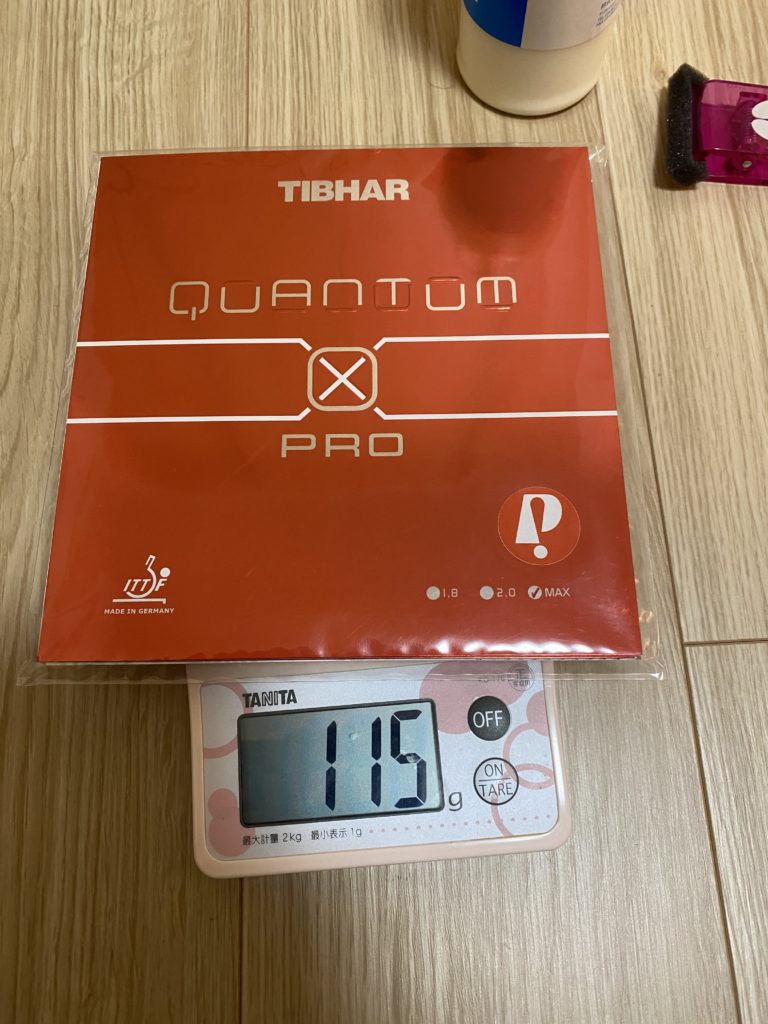


Quantum X Pro
Spin type tension OFF
・Sponge Thickness: 1.8/2.0/max mm
・Speed: 115 (125)
・Spin: 115 (120)
・Control: 95 (80)
・Sponge stiffness: 47.5
・5,500 yen + tax
・72 g (before cut) → 50 g (after cut)
It’s heavier than I expected. Still, when I held the racket, I didn’t feel the weight.
Three features of Quantum X Pro
It looks like Tenergy 05!
After all, katsuo000 is like Tenergy 05 for Quantum X Pro! I thought. When I used it in the foreground, it felt softer than the Evolution MX-P, which had almost the same hardness, and I felt that it could be easily rotated with a weak force! In terms of image, the shot feeling is close to that of Tenergy 05, and the amount of rotation of the ball is close to that of Tenergy 80. However, both Quantum X Pro and Evo MX-P are non-rubbers similar to Tena 05. Tena 05 does not bend the racket and the ball collides, but it can fly firmly while taking the plunge to rotate just by pulling. This area is truly unique performance, and I think it is the charm of Tena 05 used by top players. Tena 05 bites in, but it’s not a dangerous rubber that reaches the racket board, isn’t it? On the other hand, I think that it is Tiber’s rubber that gets speed and flies by firmly biting the rubber and hitting the board with a click. As a result, Tena 05 runs a drive but is difficult to use, while TIBHAR’s rubber is easy to handle, both are easy to block and meet, but instead make you feel a little low rotation amount.
The next thing to worry about is how the Quantum X Pro and the Evolution MX-P differ. There are three differences that katsuo000 thinks about.
Differences between Quantum X Pro and Evolution MX-P
1. Difference between sponge thickness and bite
2. Difference in sheet hardness
3. Slippery
Difference between sponge thickness and bite
As is clear from the catalog, there is no Quantum X Pro and Evolution MX-P with the same sponge thickness. Quantum X Pro is a type of rubber with a thin sheet and a thick sponge, which is often found in German rubber in recent years, and a rubber with a sponge thickness of Max (thicker than 2.1 mm) is on sale. On the other hand, the Evolution MX-P is a little old, so the thickest one is 2.1 mm. Also, instead of using the same type of sponge, I thought that Quantum X Pro had a firmer feel and was easier to bite into. I imagine that if it is adopted for Evolution MX-P, it will be a harder sponge.
Difference in sheet hardness
I felt using it, but I felt that the Quantum X Pro was weaker than the Evolution MX-P because the sheet was thinner. Therefore, it is easy to handle and rotate, but I felt that it was also easily affected by the rotation of the opponent’s ball. The good side and the bad side are like the front and back of a coin, so it can’t be helped.
Slippery
As for the first and second, Quantum X Pro felt slippery when touched with a sheet and sponge. The Evolution MX-P is a rubber for top players, so I don’t feel it slippery at all, but the Quantum X Pro is for intermediate and advanced players, so it is slippery. Even though it’s slippery, I feel that it’s okay to use it on the arm of katsuo000, which is at the level of participation in the All Japan Business Group. It may seem fatal to top players who cannot afford to make a single mistake, but I think it can be used as a weapon by intermediate players, including slipping.
Easy to hit down!
I felt that the ball went up very much. It’s pretty stable even with a backhand drive, and it’s good that both loop and speed drive are easy to do! Speaking of rubber that goes up, I think that Dignics 09C and Dignics 05 are, for example, but they will be over if you do not rotate firmly. Of course, the Dignics series has high rotation performance, so if you rotate it firmly, it will sink firmly and settle on the table, but the Quantum X Pro was just the right way to go up. The rubber that I felt close to was Tena 05, but I also thought that the arc line was a little lower than Tena 05.
There is also the amount of spin and it is easy to meet!
As I felt with the Evolution MX-P, the shot feeling is exactly Tena 05, but it was a rubber that was easy to play because it took a lot of rotation. German rubber, Fastarc G-1 and V> 15 Extra had a feeling that it was difficult to apply unless it was firmly inserted and then rotated, but that was not the case at all, and Quantum X Pro is Japan. It was a very well-balanced rubber that had a shot feeling close to that of a rubber made and was easy to meet. In particular, Meet may feel a little difficult with Tena 05, but I think it’s very easy to do with Quantum X Pro!
Each technics review
Forehand
Light hit
I didn’t feel any discomfort. Is it an image that the amount of rotation is low and the flight distance is controlled by the plate of the racket rather than flying by rotation?
Drive on long balls and rallies
Compared to Dignics 05, I felt the ball was a little shallow. I also felt that the ball would not sink if I flew too much, so it would not be stable. However, the person who received it said that the ball has the power, so I think it was a heavy ball to be pushed!
Drive with open face
Sounds good! It has arrived at the board, but I like it. Imagine that some people dislike it.
Loop (top spin) drive against back spin
It took a good rotation and felt good. I felt that it was enough rotation even if I used it in the foreground!
Speed drive against back spin
It’s a good drive, but I felt that the amount of rotation was a little small. So I felt that it was easy to over-miss if I was careful.
Block
I could do it, but it was easy to feel when I slipped. I felt it wasn’t good, but I think it would be great if I could use this slippery feeling as a weapon!
Counter drive
It was a little easier to bite in, and it was easily affected by the rotation of the other party. I think that the overwrite counter drive is easy to do because it takes a firm spin!
Stop
It stopped firmly. I didn’t feel like I was flying.
Push
It was good to be able to make push that was firmly rotated. It was easy to make a chance at the counter! It’s speculation, but I imagine that Samsonov’s opinion will be reflected and it will be easier to do push and stop.
Serve
It was good to be able to cut it firmly. It was a good feeling!
Backhand
Light hit
I felt that there were a few arcs and I was about to get caught on the net.
Drive on long balls and rallies
I felt stable when I swung from the bottom to the top, but when I tried to hit the speed drive, the rotation did not stop and over mistakes increased. This area is probably due to my low backhand skills.
Speed drive against back spin
It was very easy to do. The Lazanta series has a little less grip, so I like this grip! I felt that the amount of rotation was small.
Speed drive against back spin
I was quite stable and surprised. It was good!
Block
It was easy to put in, but it slipped.
Counter drive
I was a little influenced, but I have a good ball holding, so if I overwrite it firmly, I can enter. It was good!
Stop
It was good. It didn’t even pop out.
Push
It was easy to cut and make a chance. It was a very good feeling.
Chiquita
It was easy to make an arc and it was easy to do!
Comparison with other rubbers (personal impressions)
Max spin amount
Tenergy 80 > Quantum X Pro > Tenergy 64
Ease of spin
Rasanter R48 > Quantum X Pro > Tenergy 80
Speed
Tenergy 80 > Quantum X Pro > Tenergy 05

